Lalitpur -
Chanderi - 2010
We had a 6 hour train trip from Agra to Lalitpur and then an hour's drive to Chanderi.
My brag-books were popular.
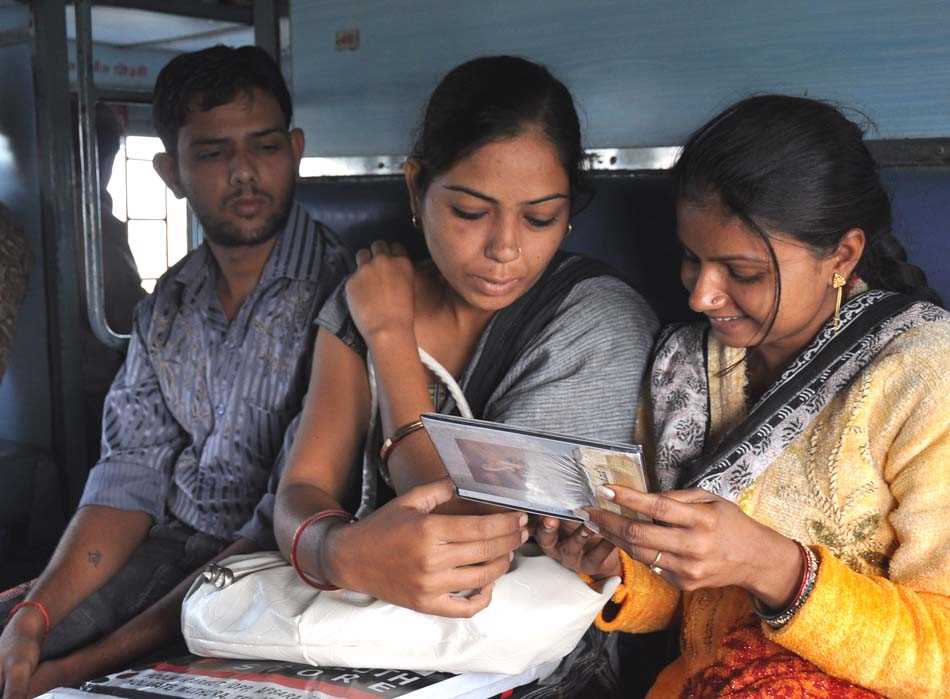
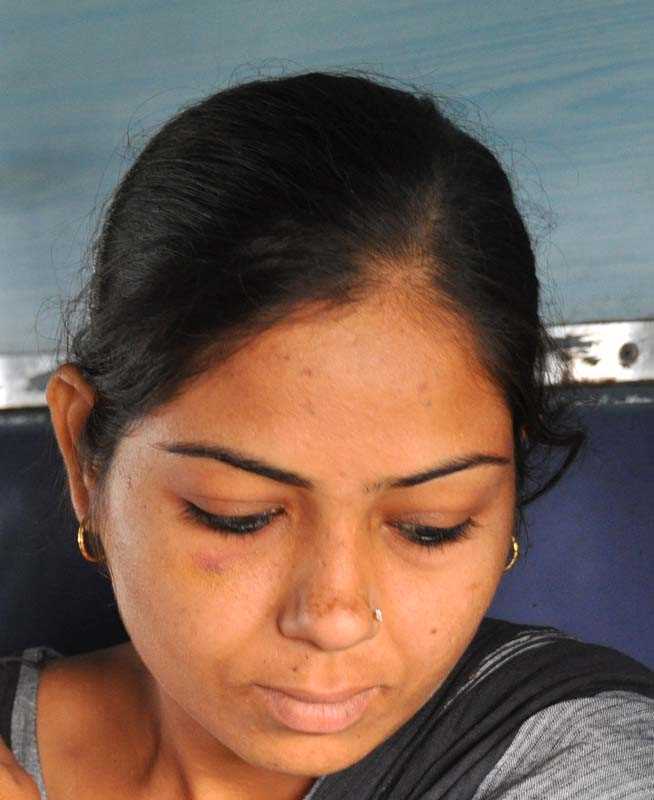

A new fan of Charlotte Church.
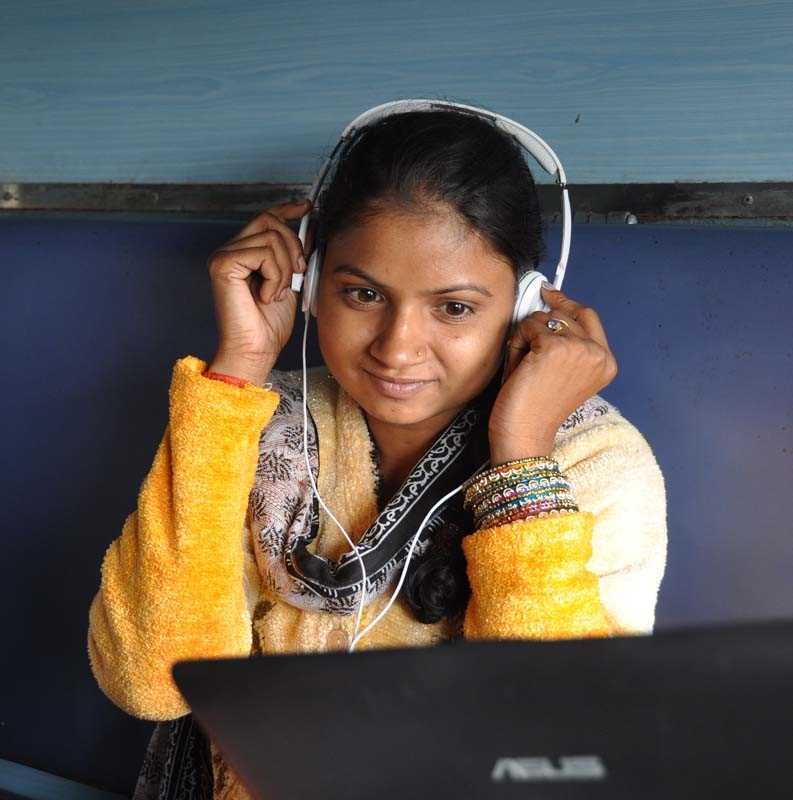
Rajghat Dam
It dams the Betwa River. A hydro-electric power station here generates 450Mw of electricity.
Ironically, the electricity at Chanderi has regular outages (5pm-8pm and 6am-11am).


A hole-in-the-wall shop.
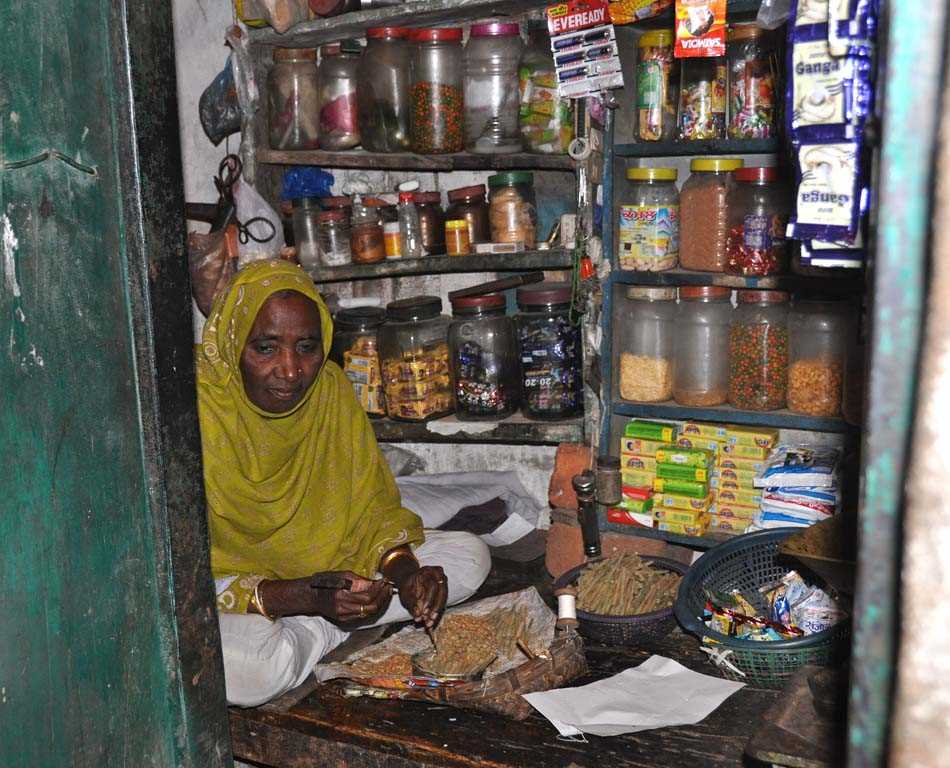





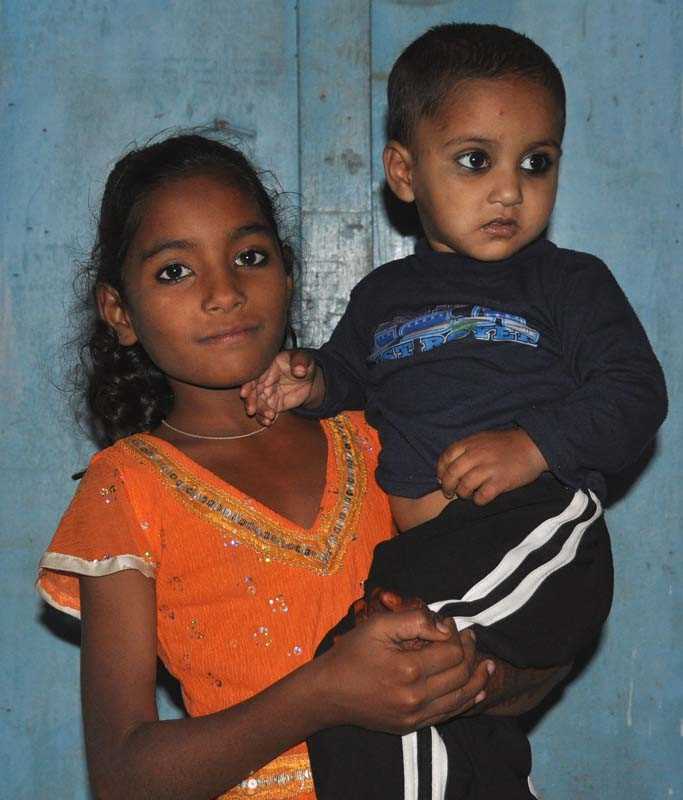
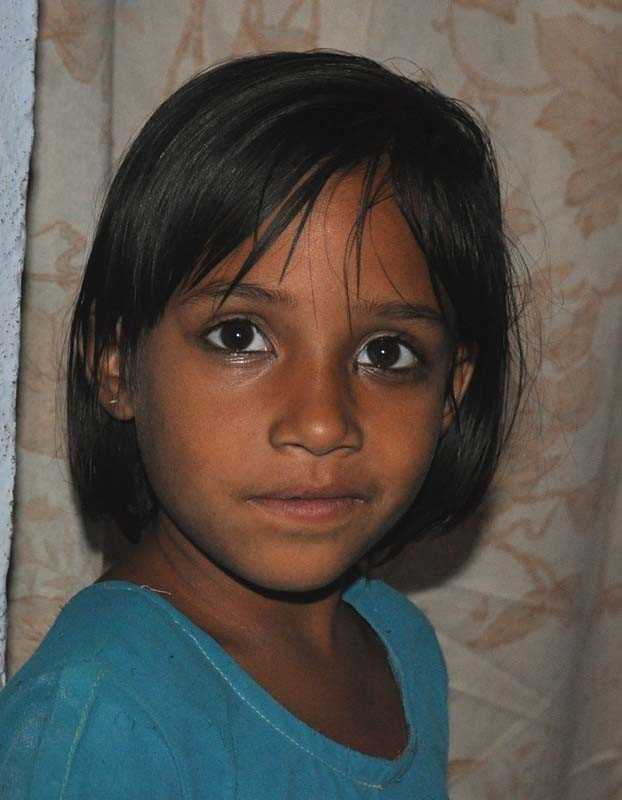


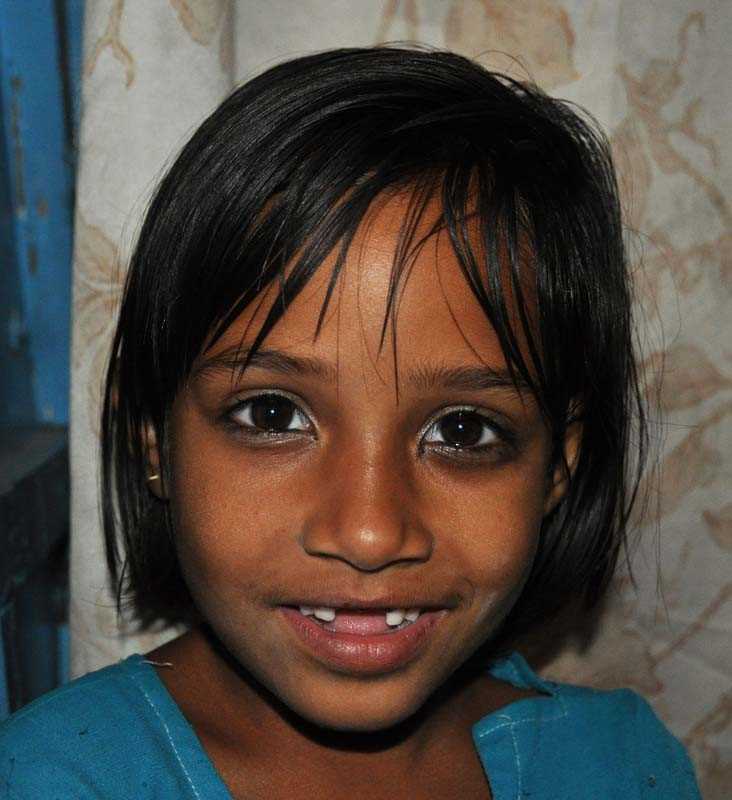
We had an Islamic dinner at our local guide's house.
We ate vegetable soup (cabbage and other vegetables), vegetable pakora, cauliflowers, lentils, potatoes, rice, chapati, halwa and chai.
His family designed and wove the silken shawls that the Delhi Commonwealth Games winners were given
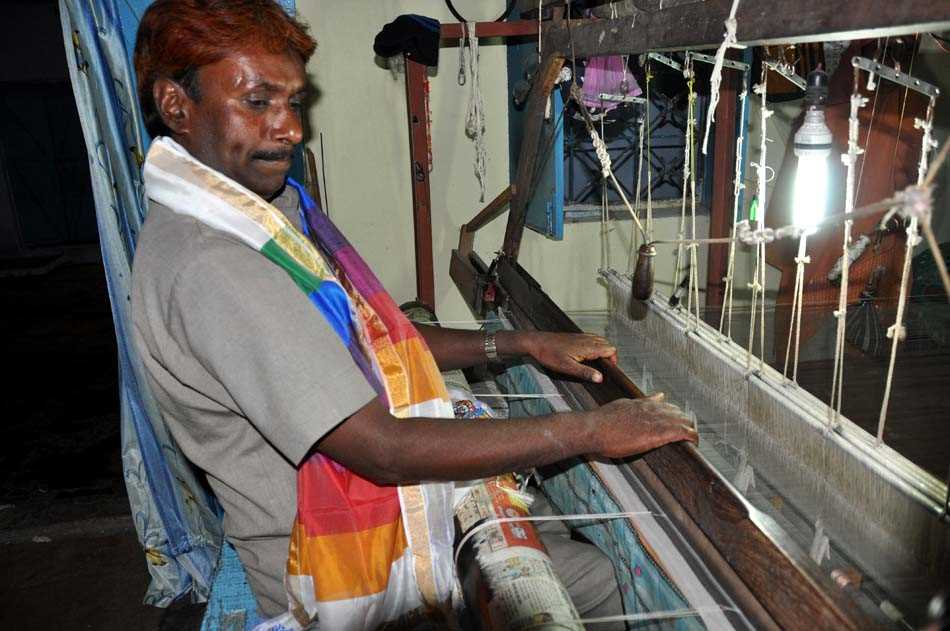
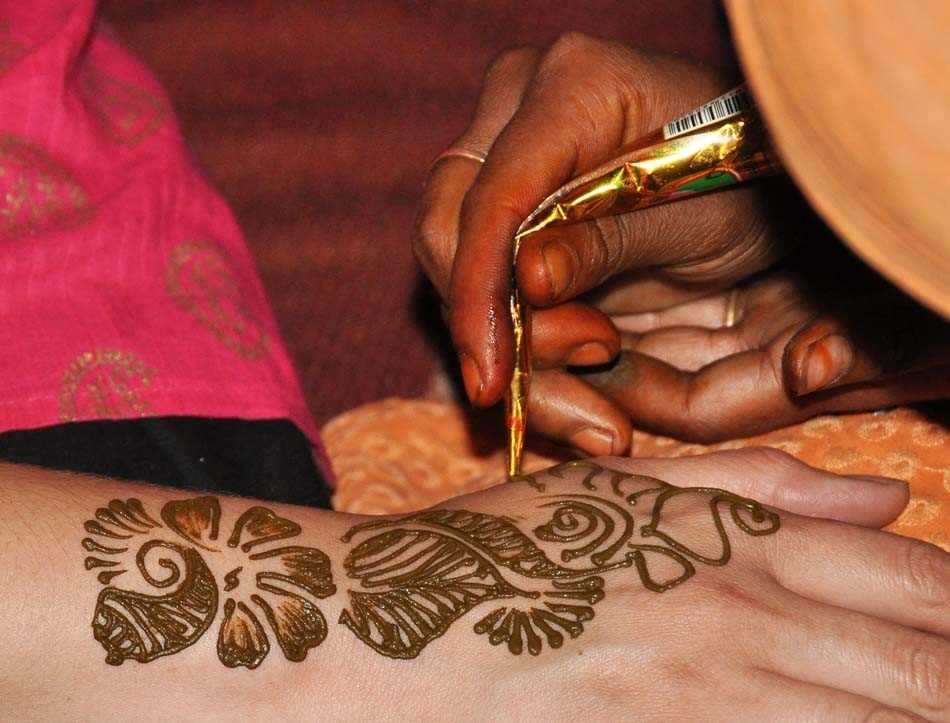
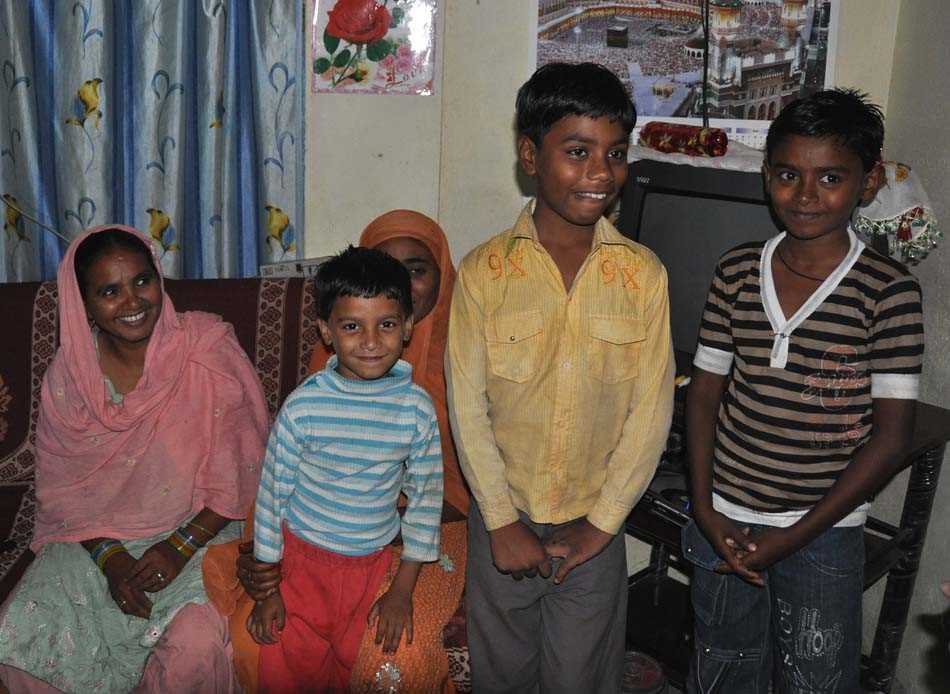
Chanderi
Chanderi is another town that IntrepidTravel visit that is not on the major tourist route.
It was located on a north-south route that linked parts of India with the Silk Road.
It is predominately an Islamic town.
The next morning we had a good walk around the town.
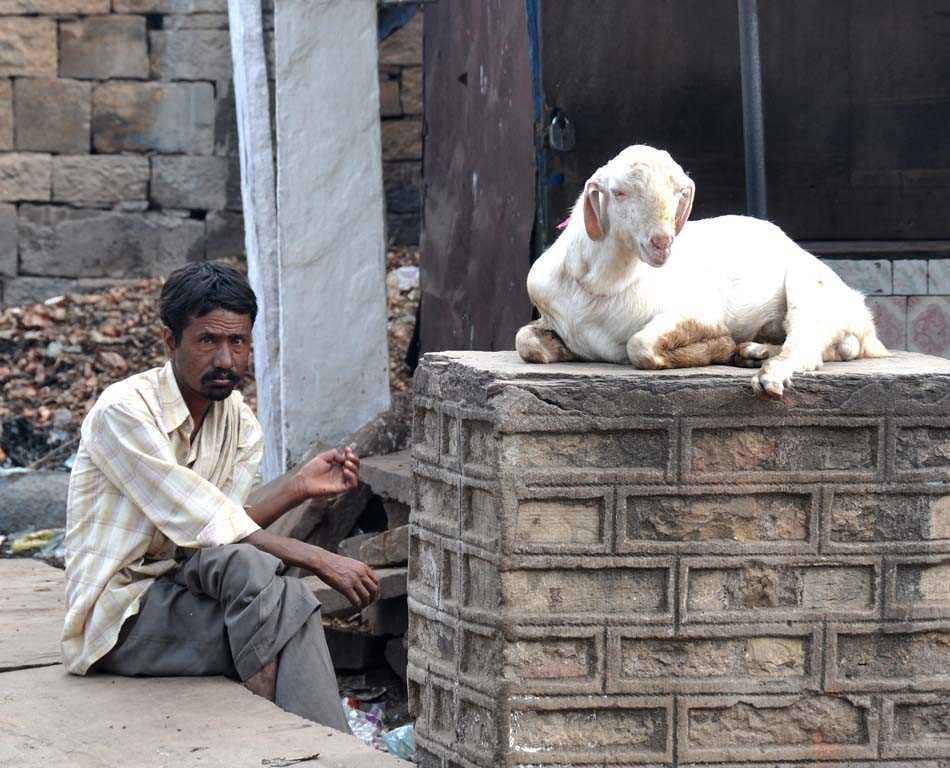
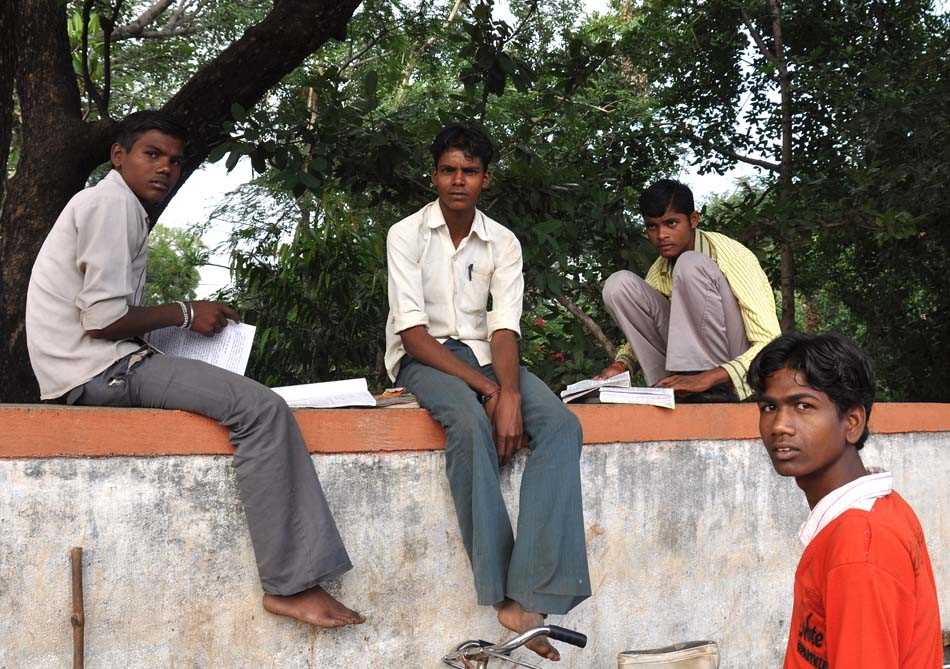

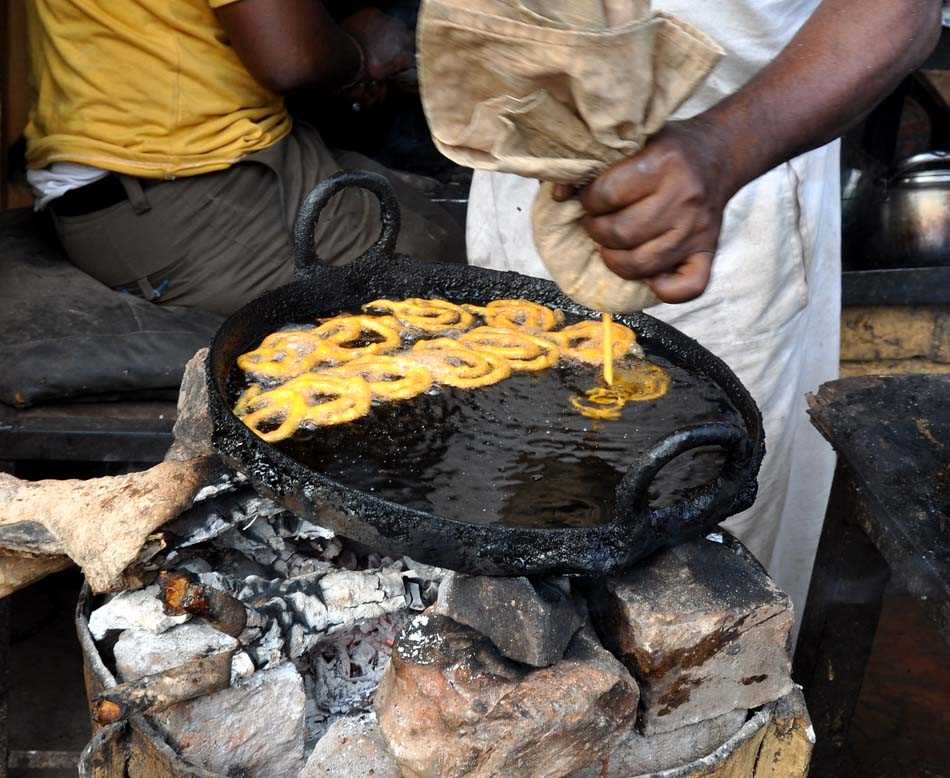
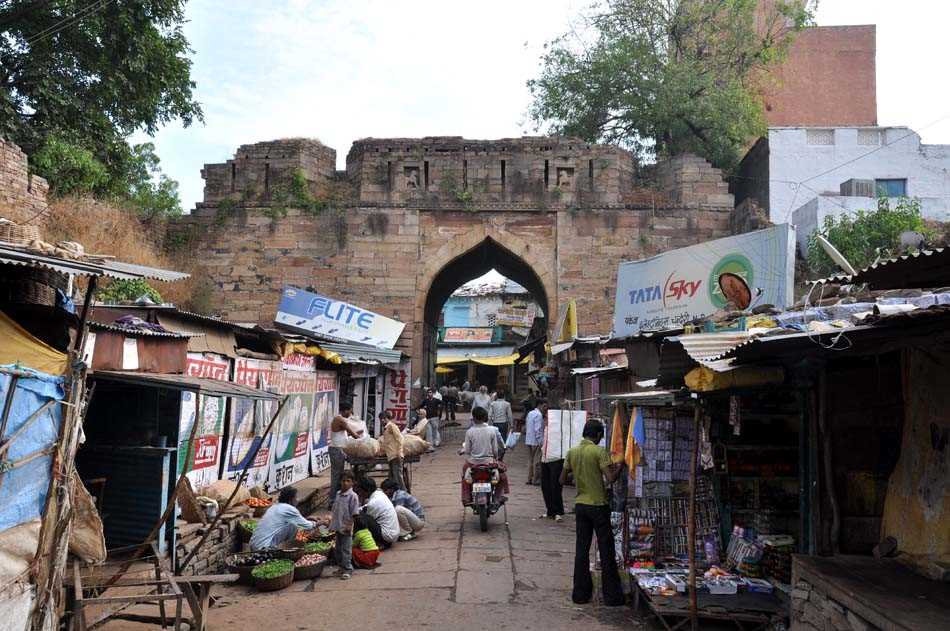

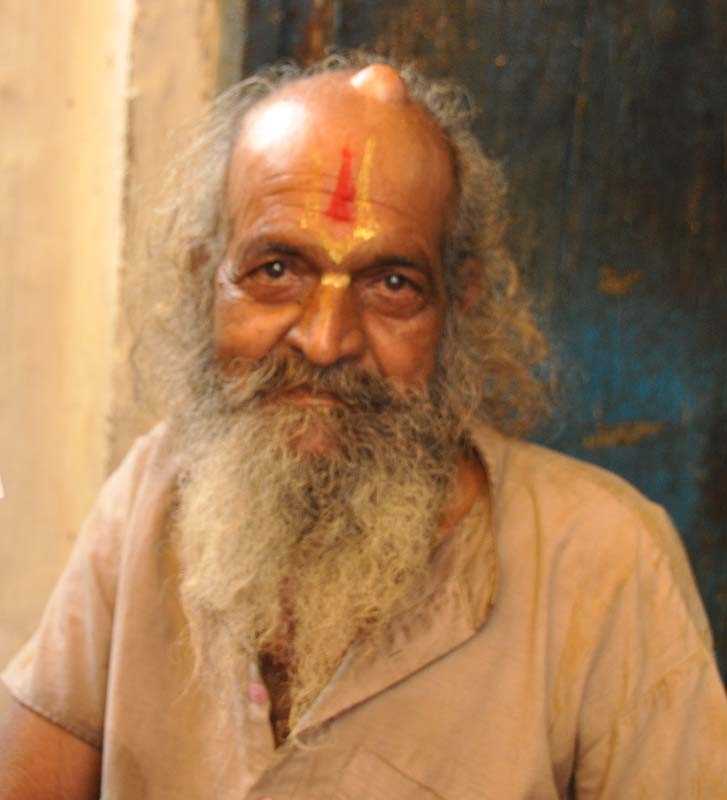
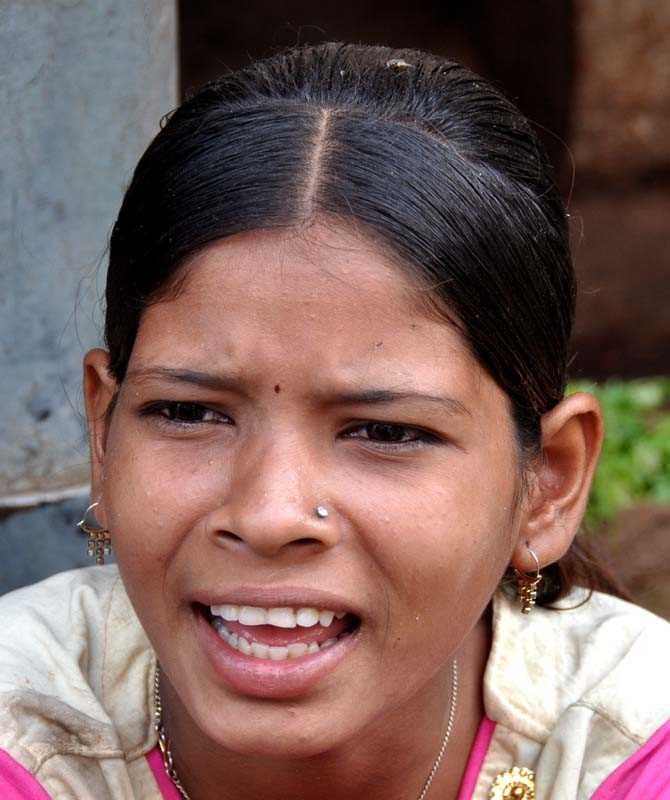
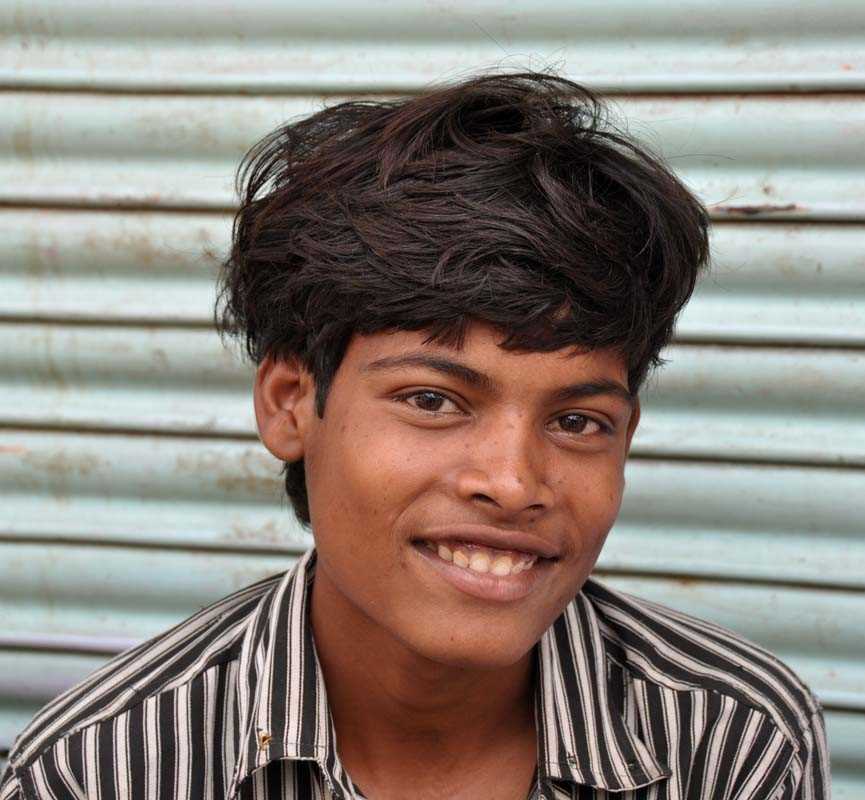
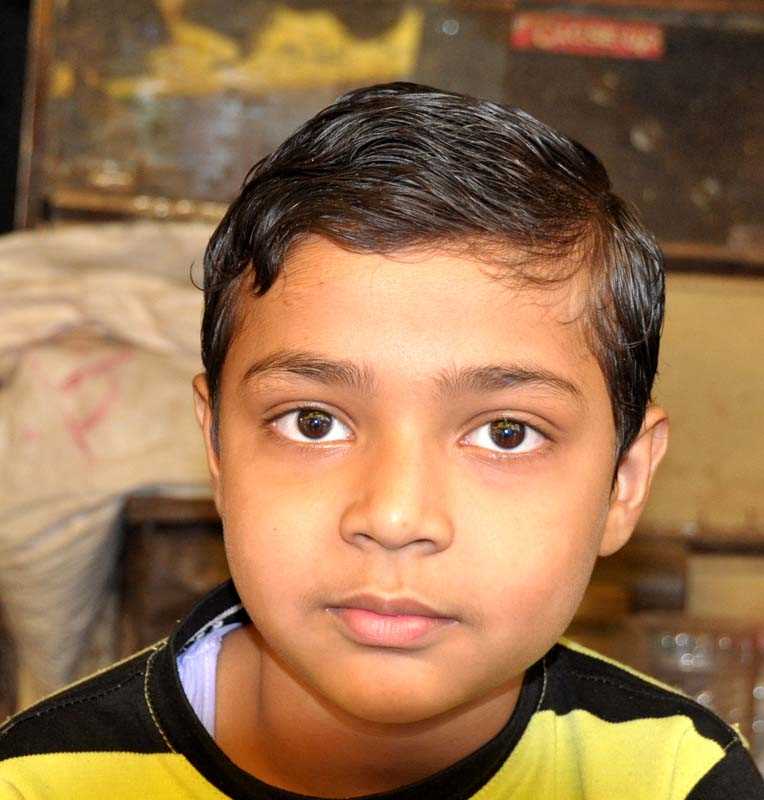
We were there for the start of the Islamic Idul-Zaha festival, the start of the Hadj.
It was a holiday, and many of the Islamic people were dressed up in their finery.
This decorated goat unfortunately was to be cooked and eaten later as part of the festivities.
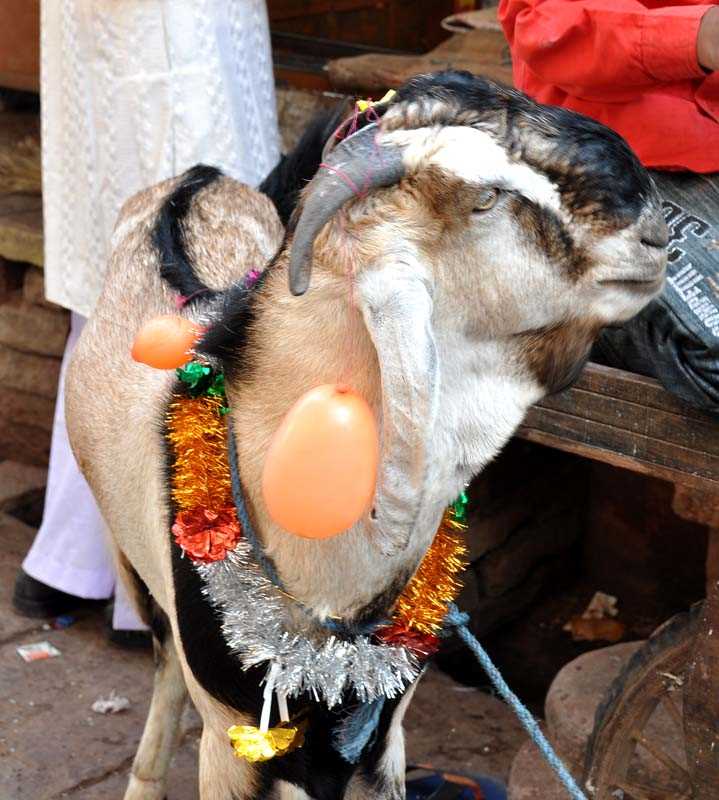
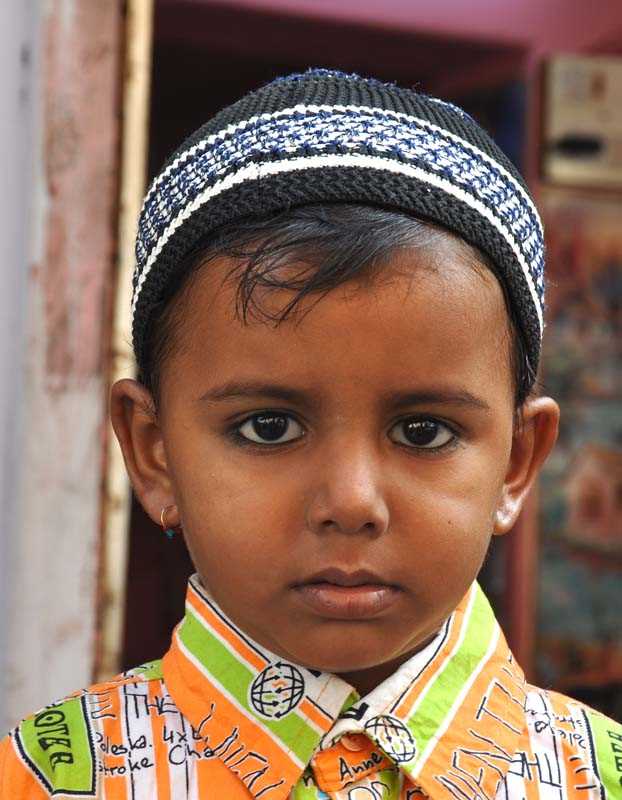

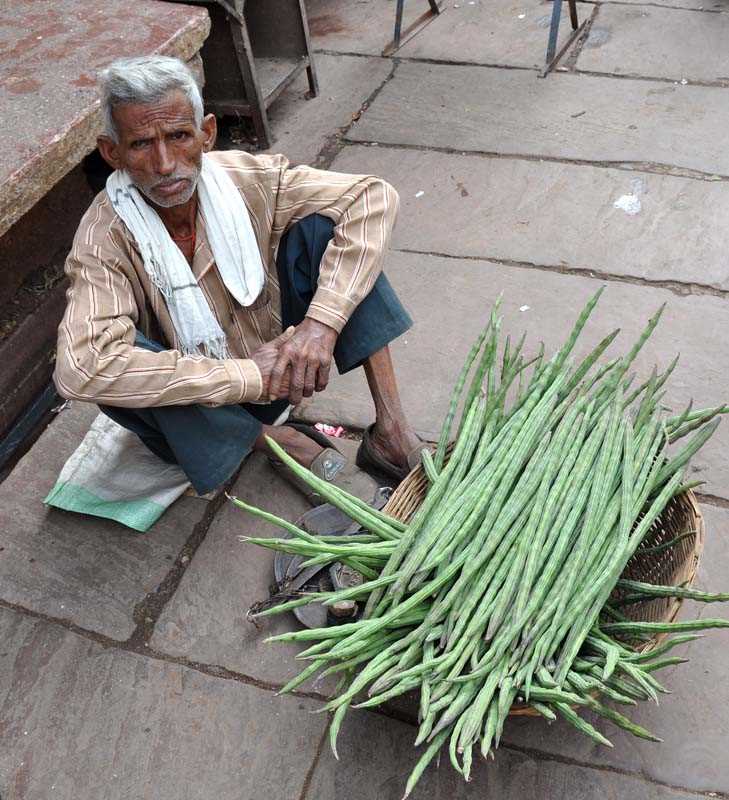
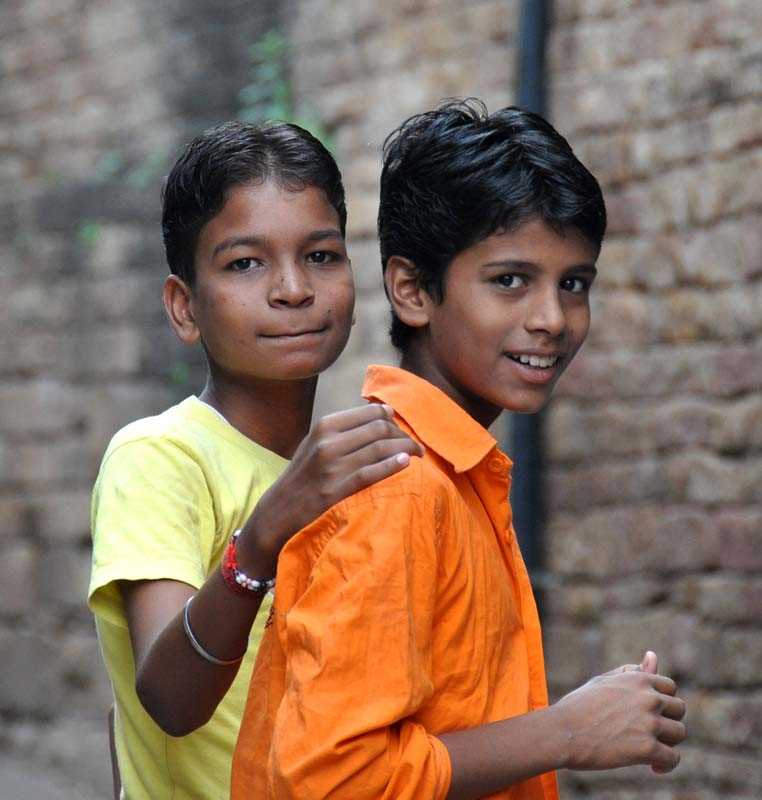
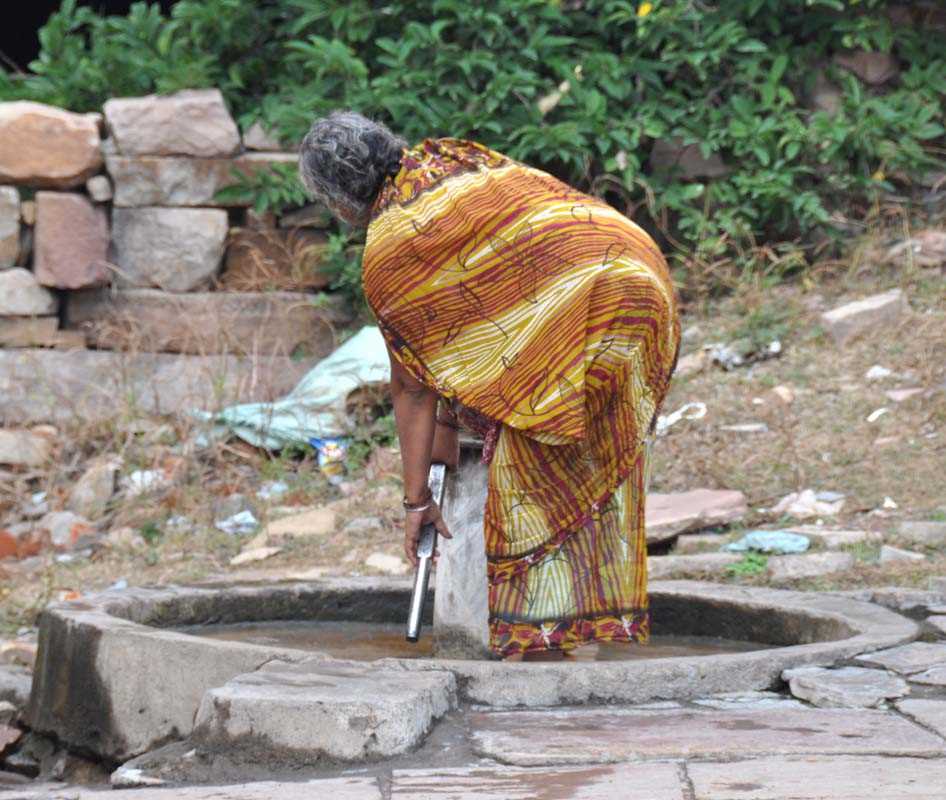
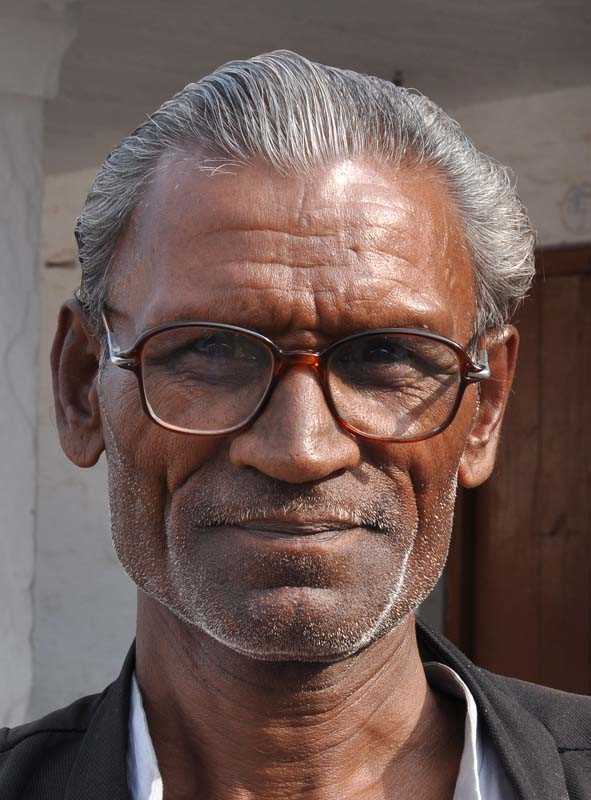

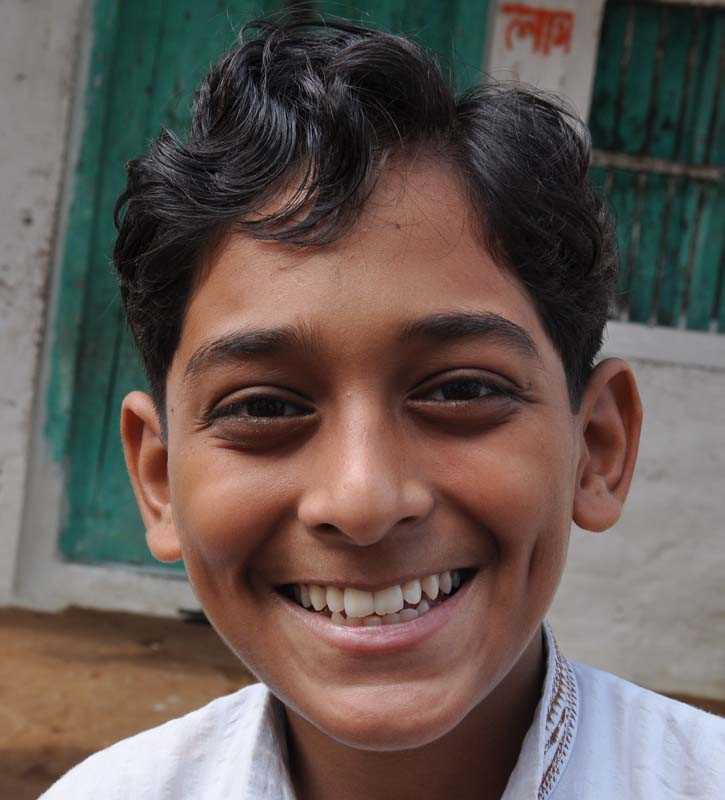
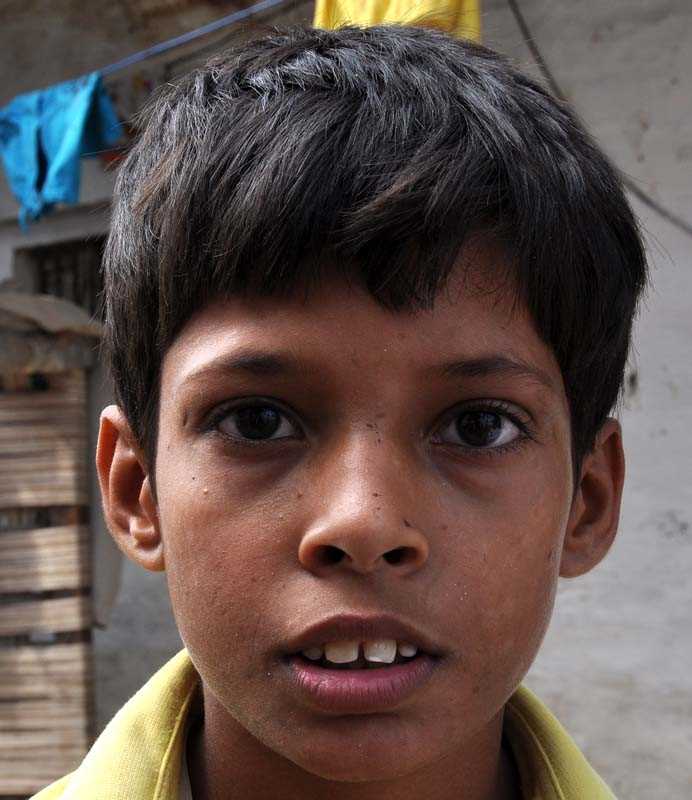



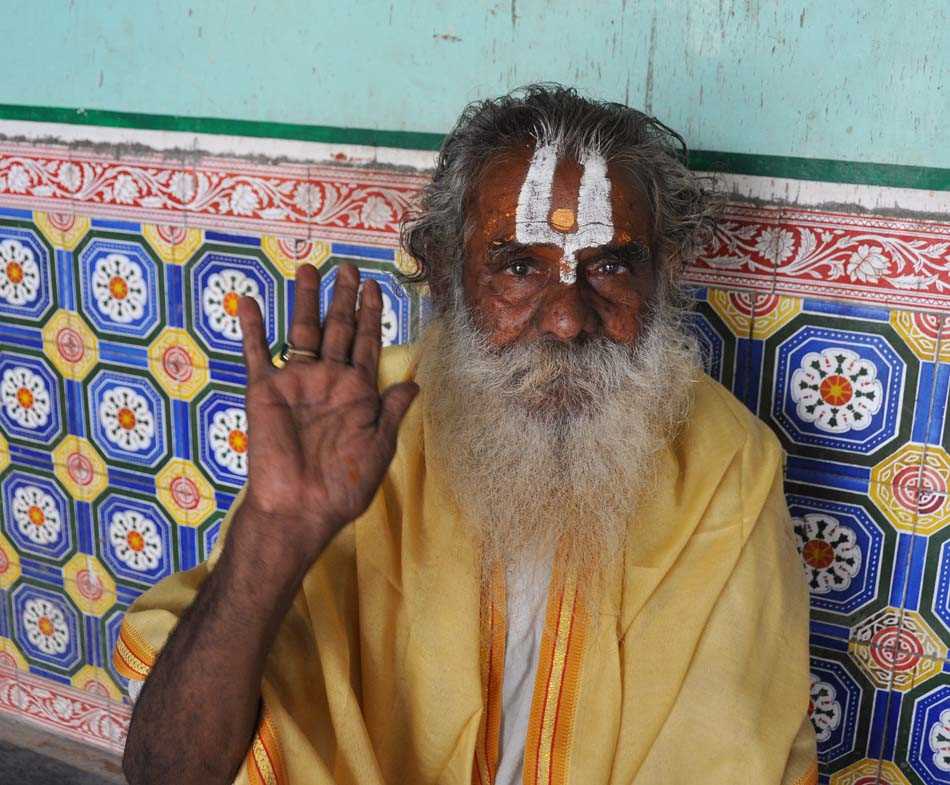
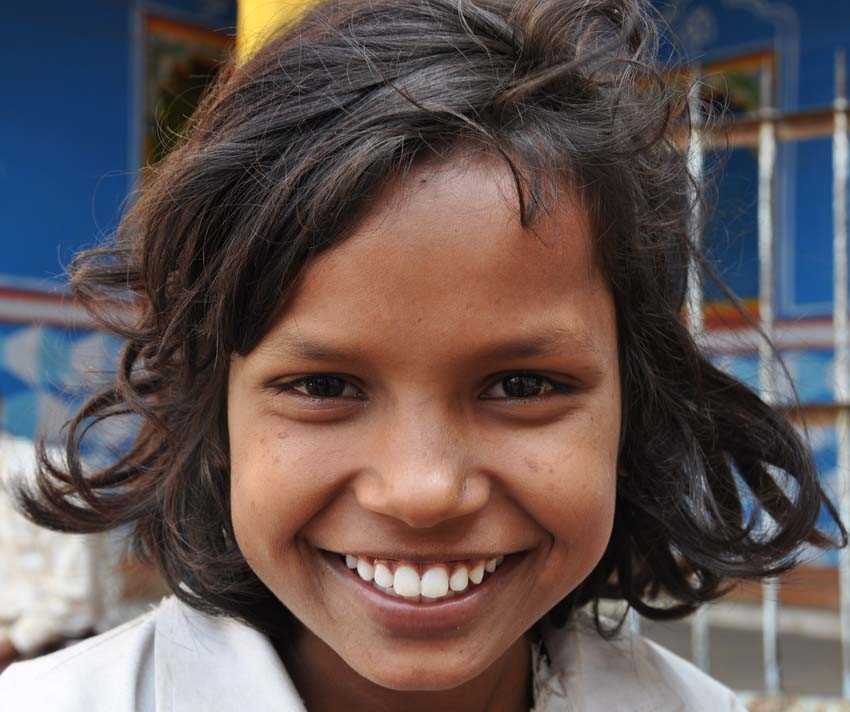
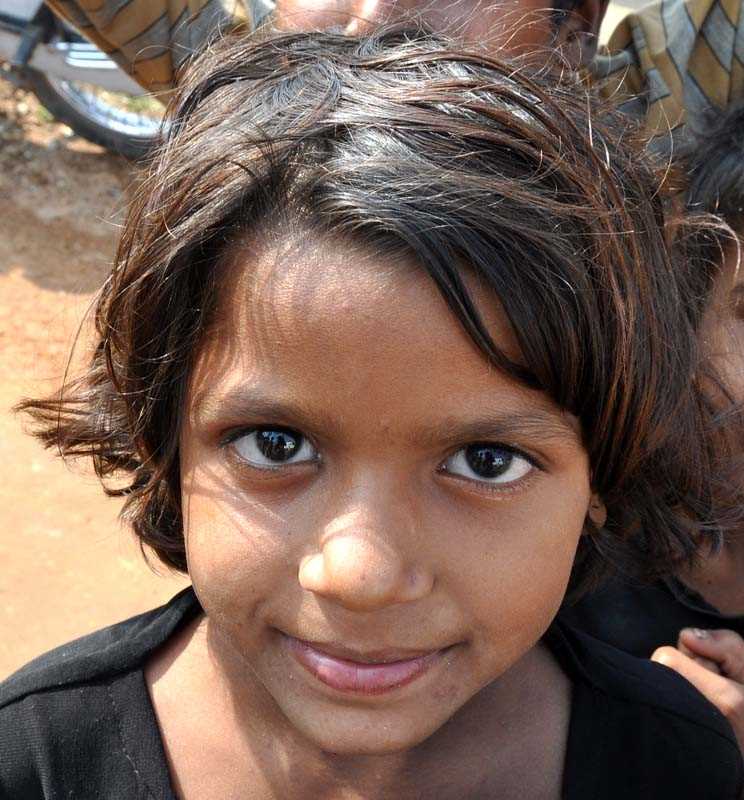
????
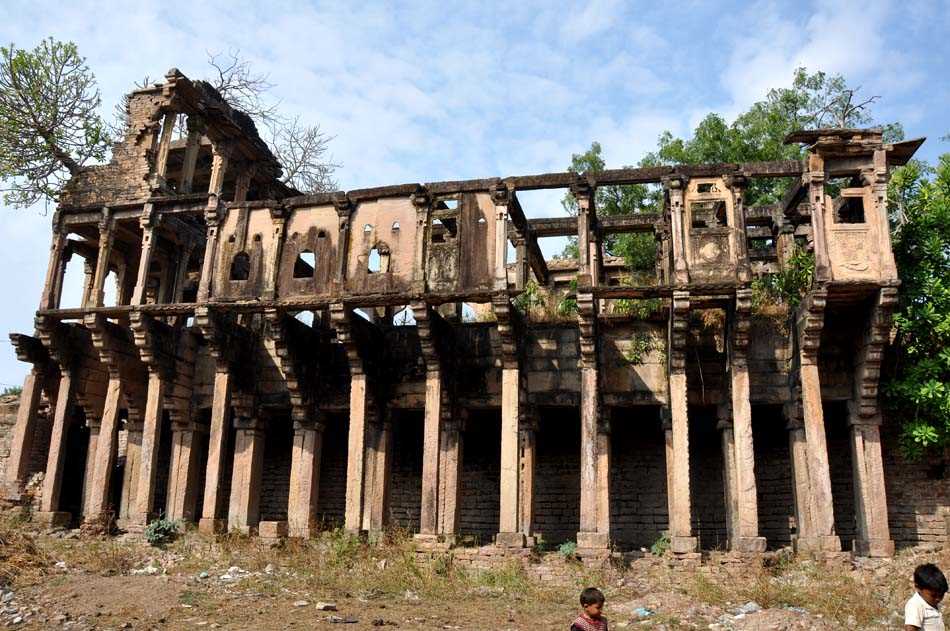
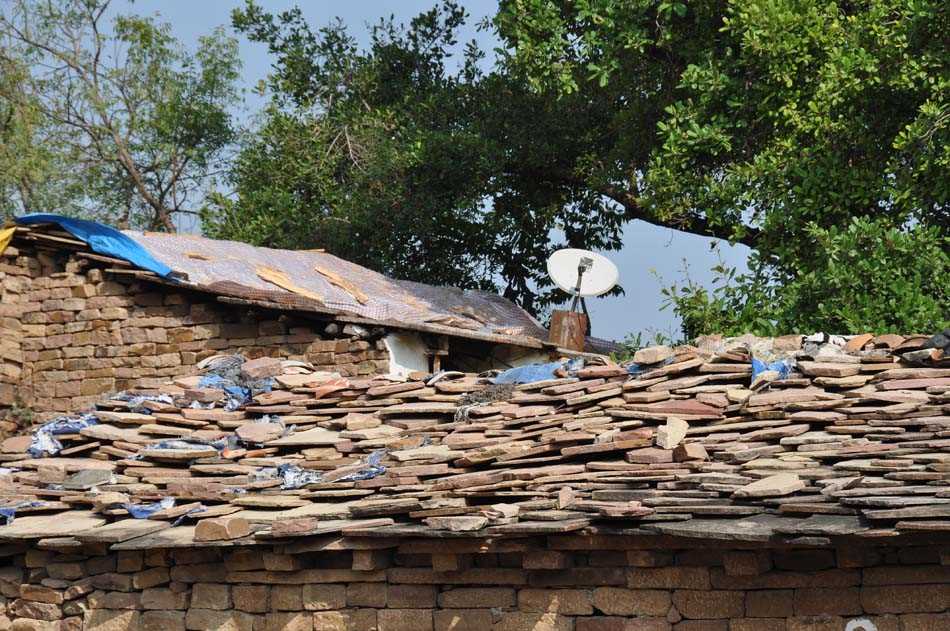
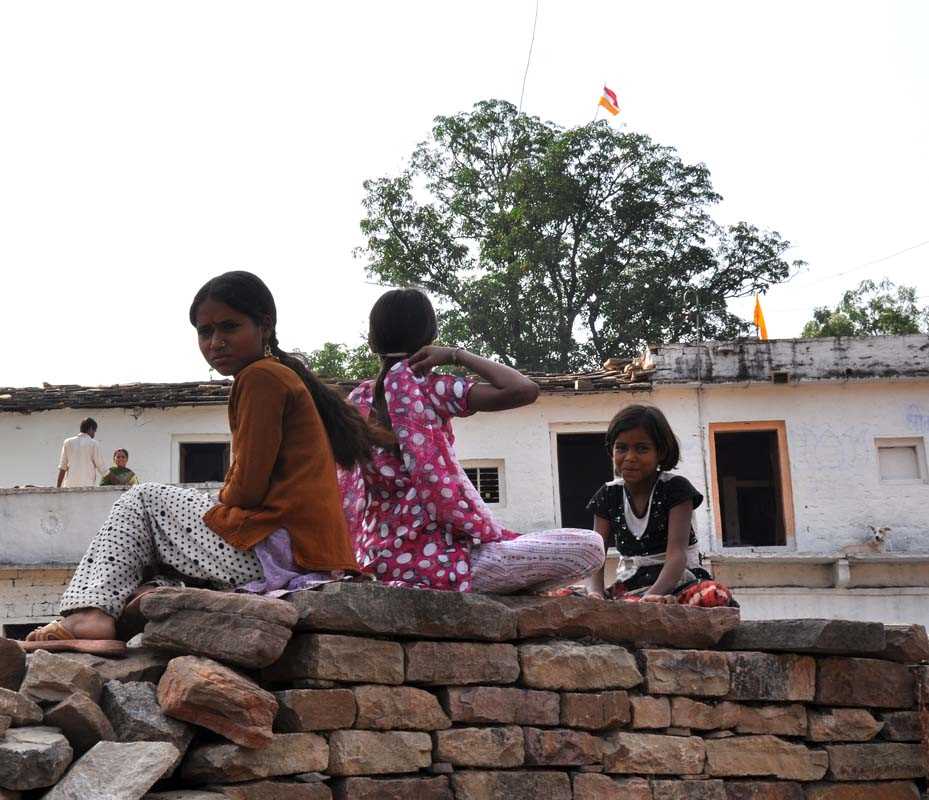
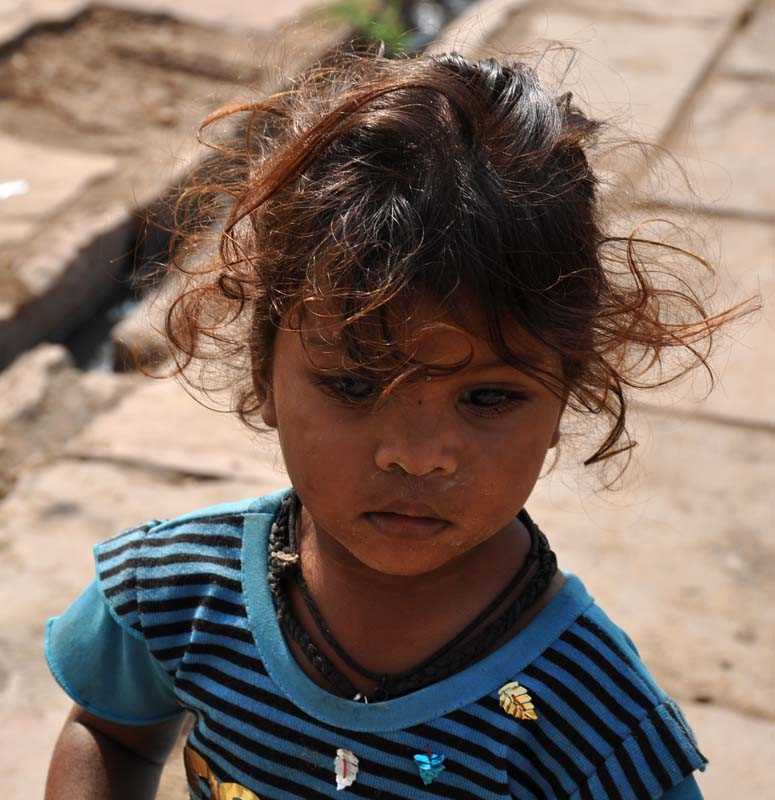


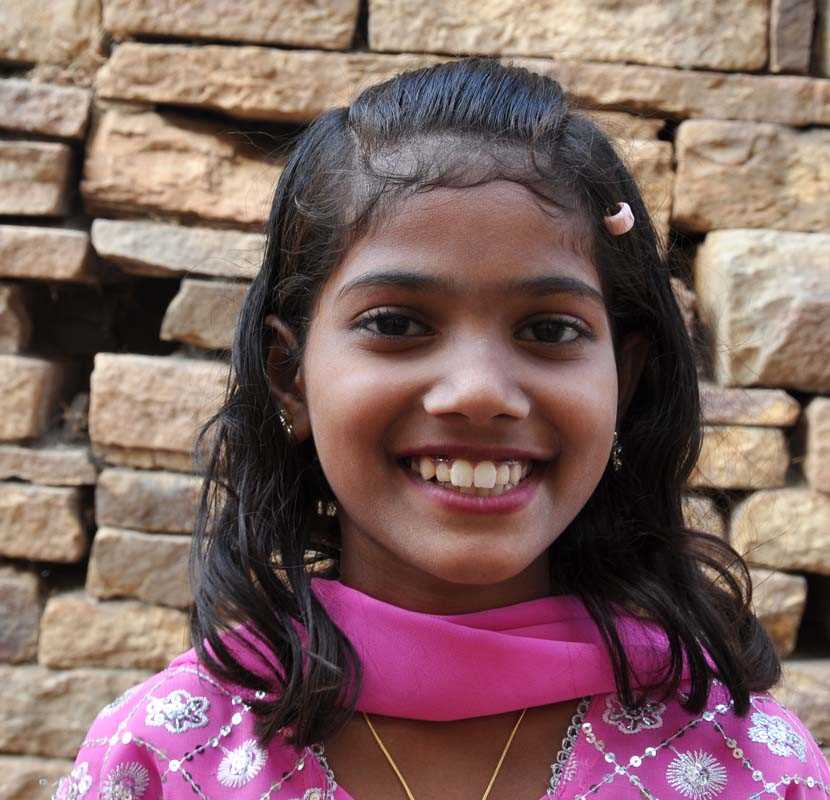

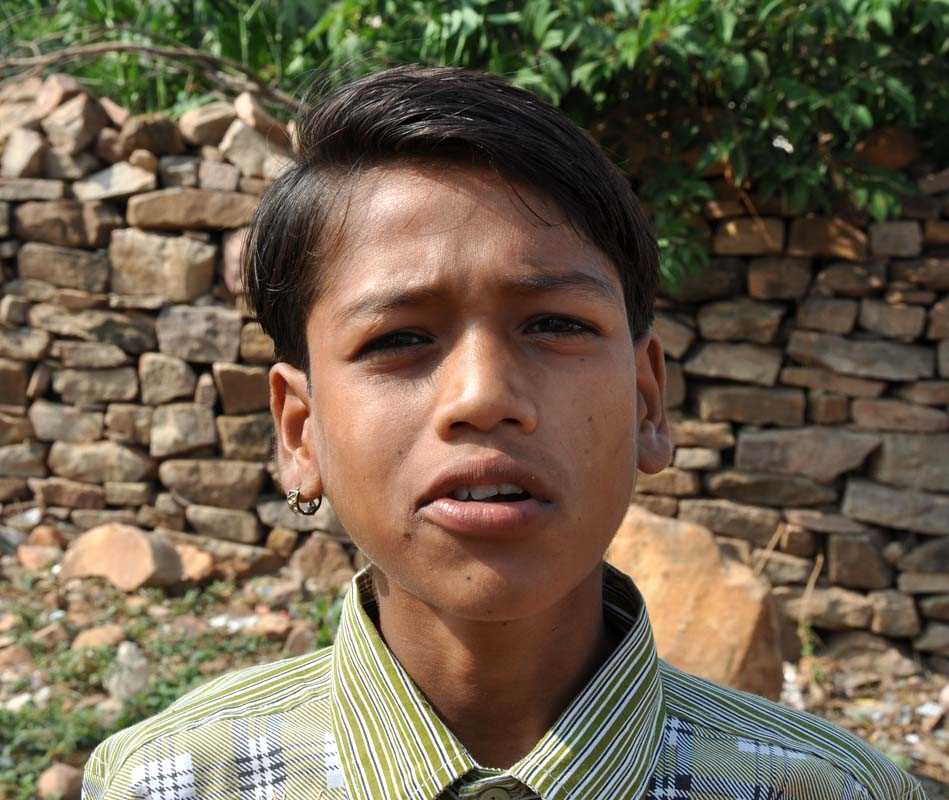
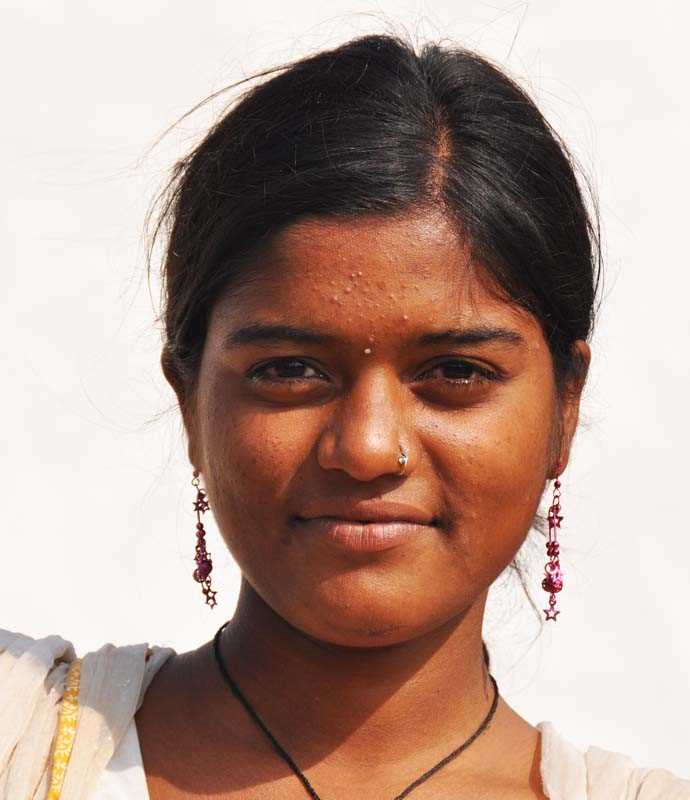
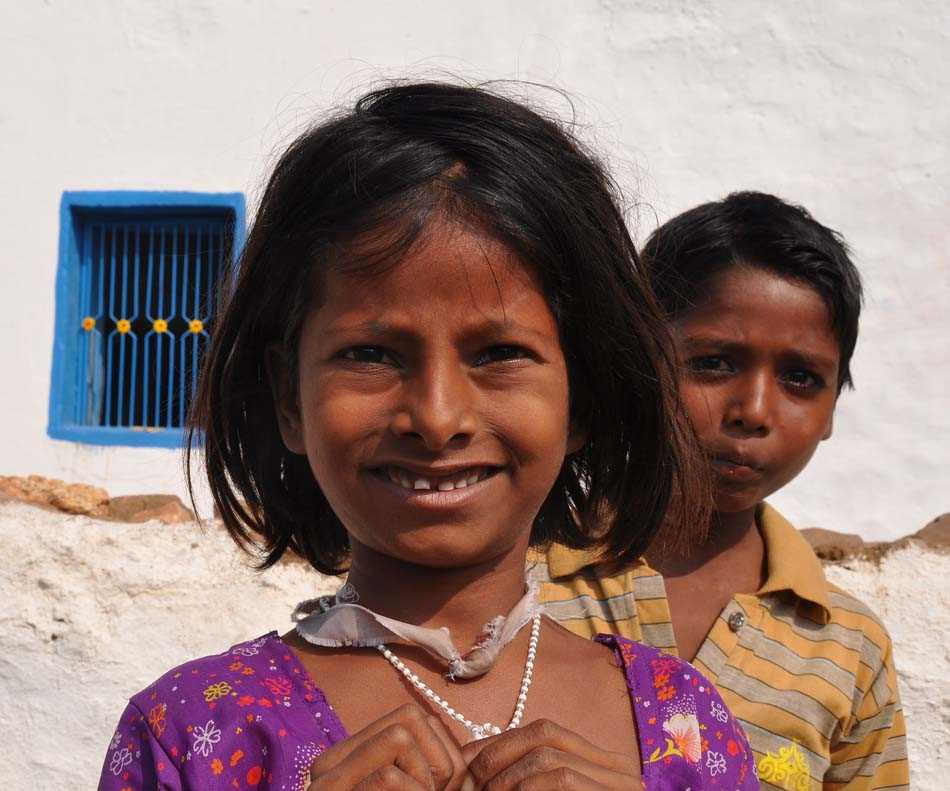
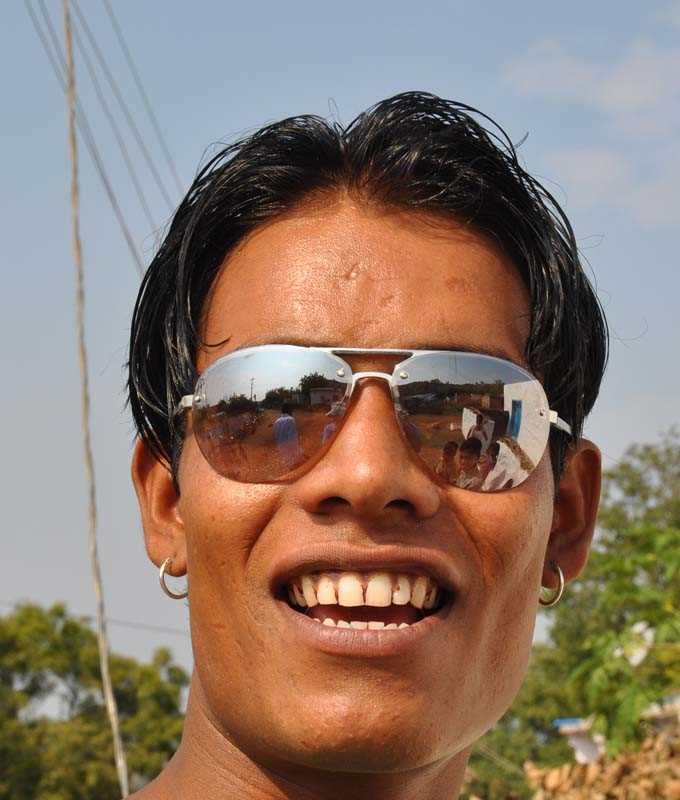

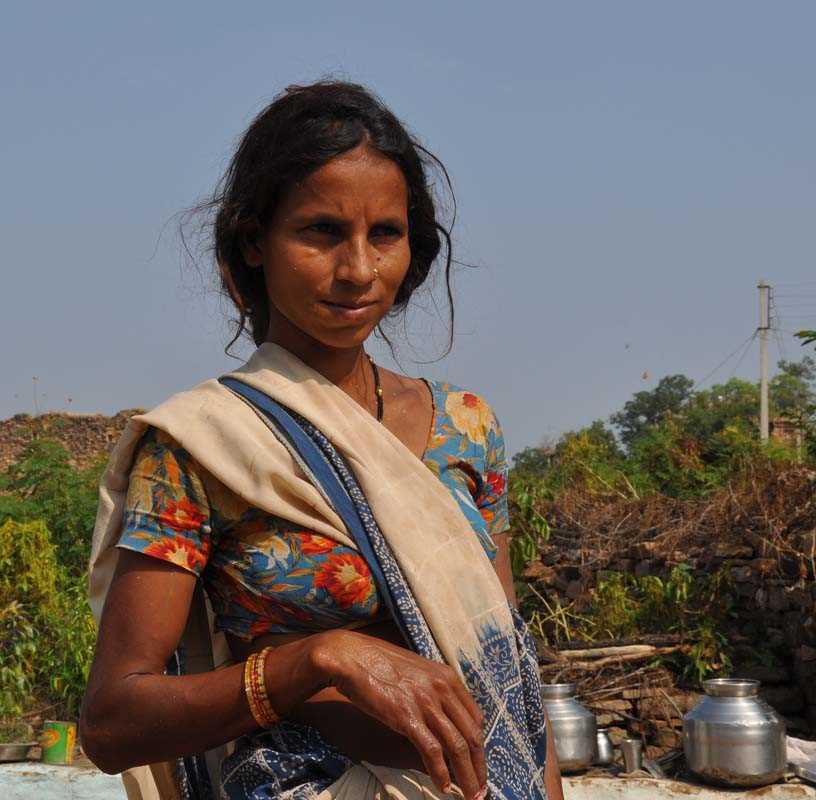
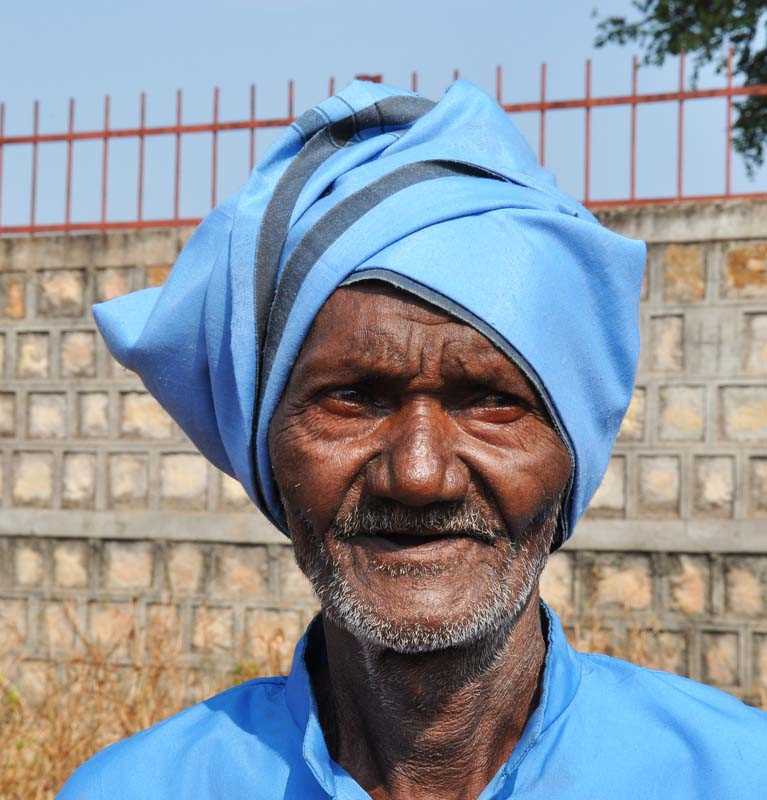
A large step-well, Battis Bavdi, was built in 1485.
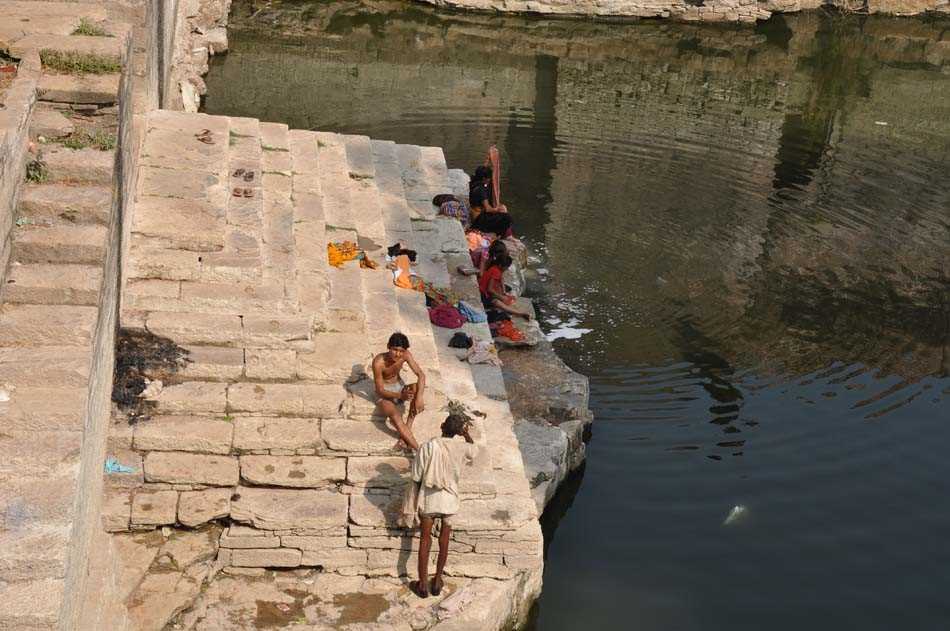
Two different pagoda styles. The pagoda on the right pre-dates the Islamic period.
The pagoda on the left has the smaller Indian arches inside the larger Islamic arches.
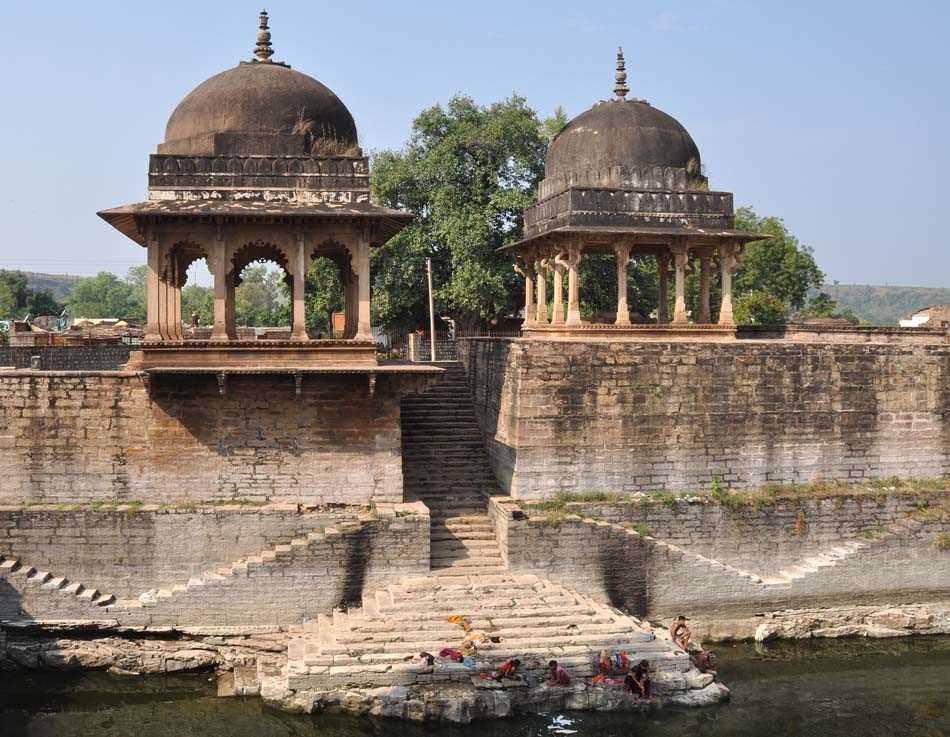


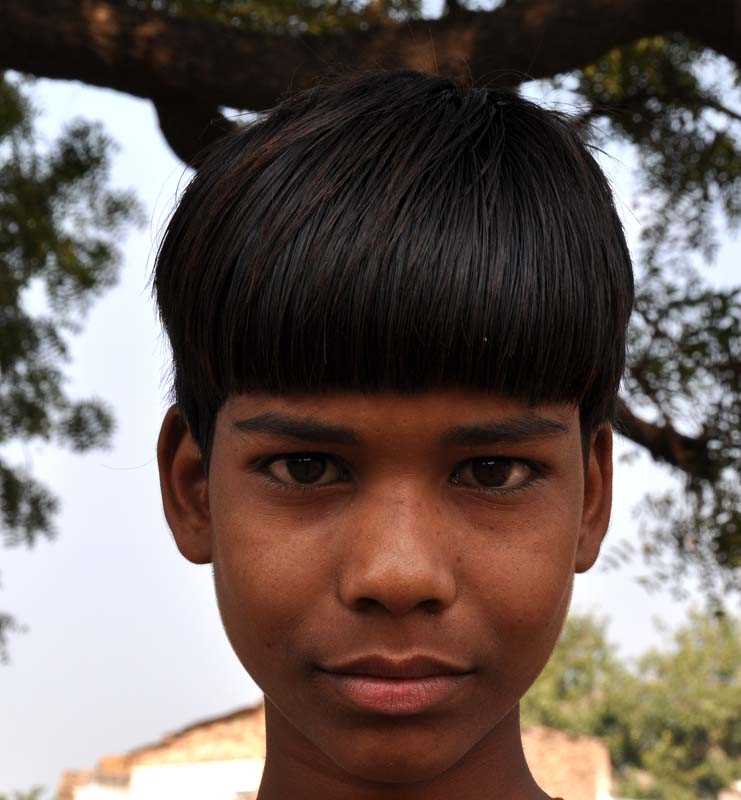
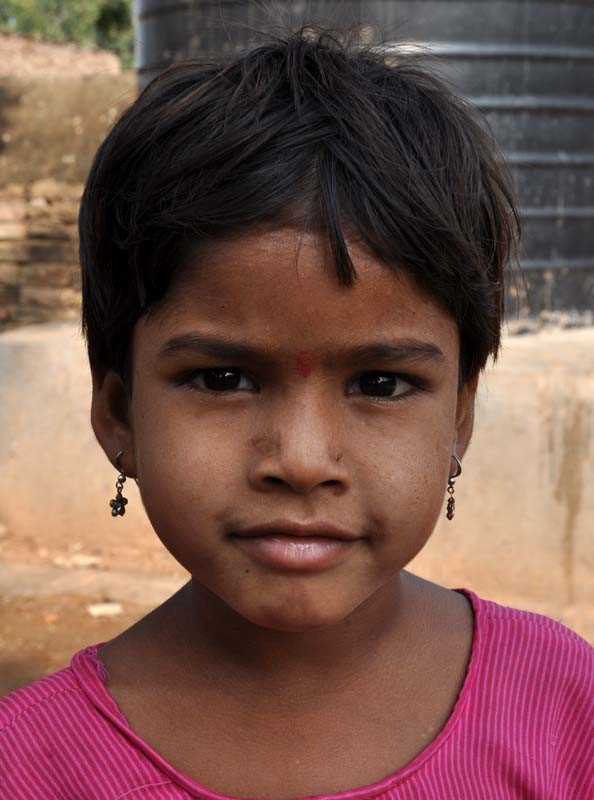
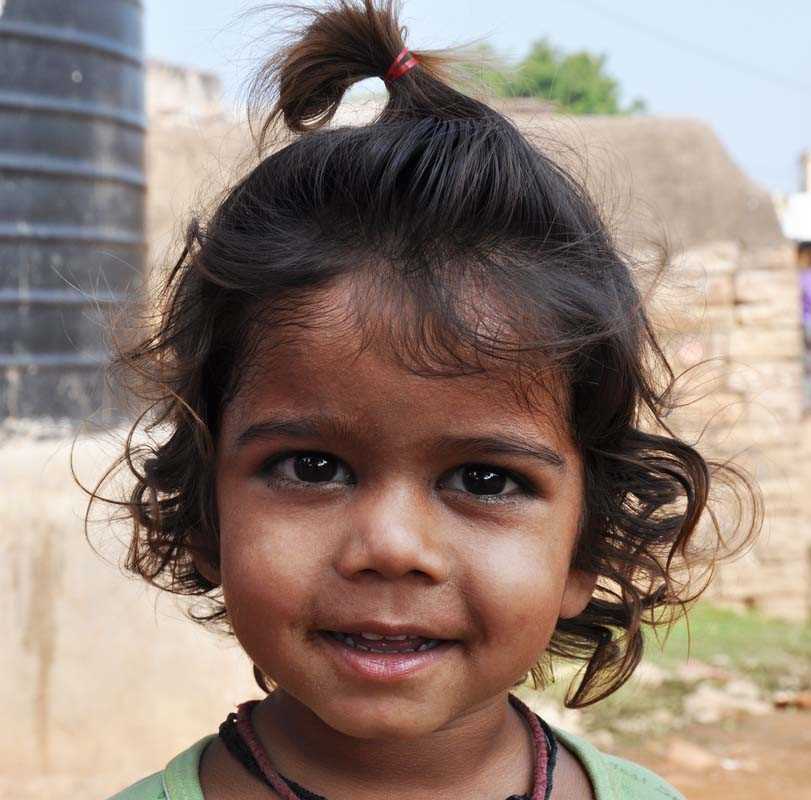




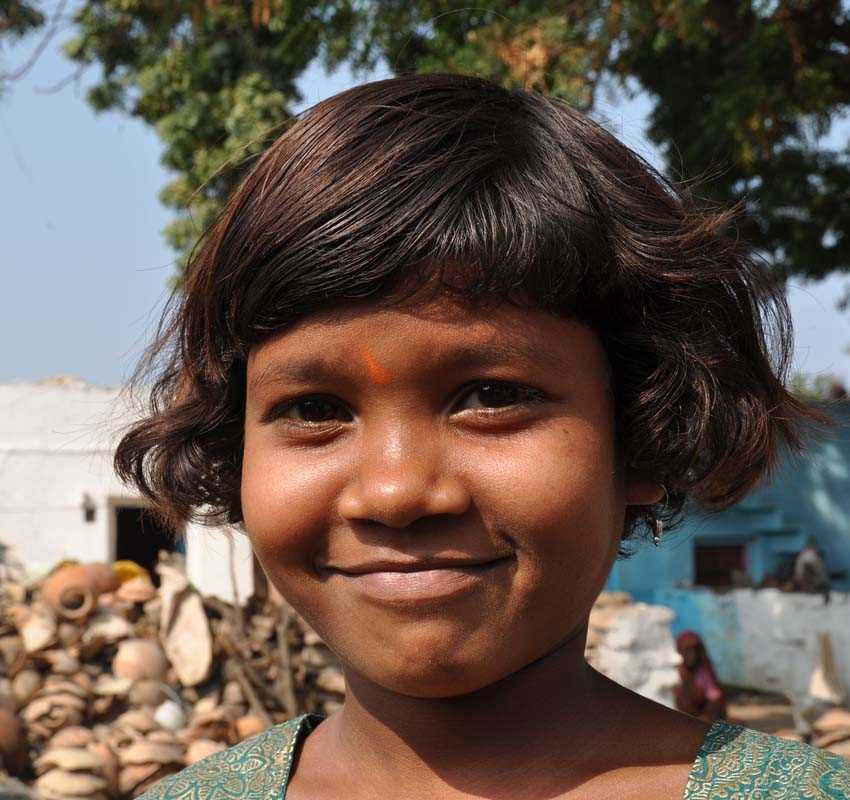

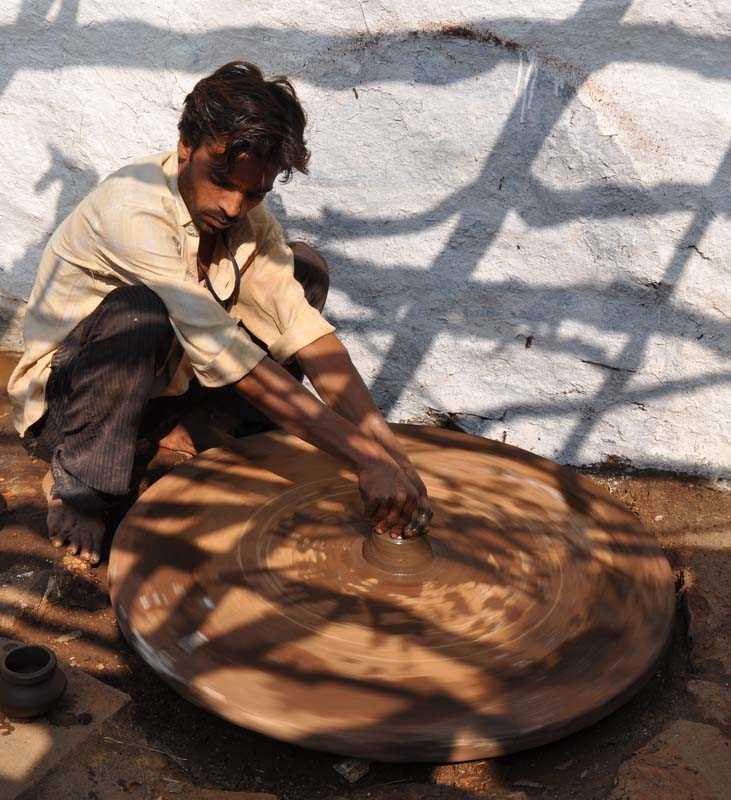
Part of the town wall
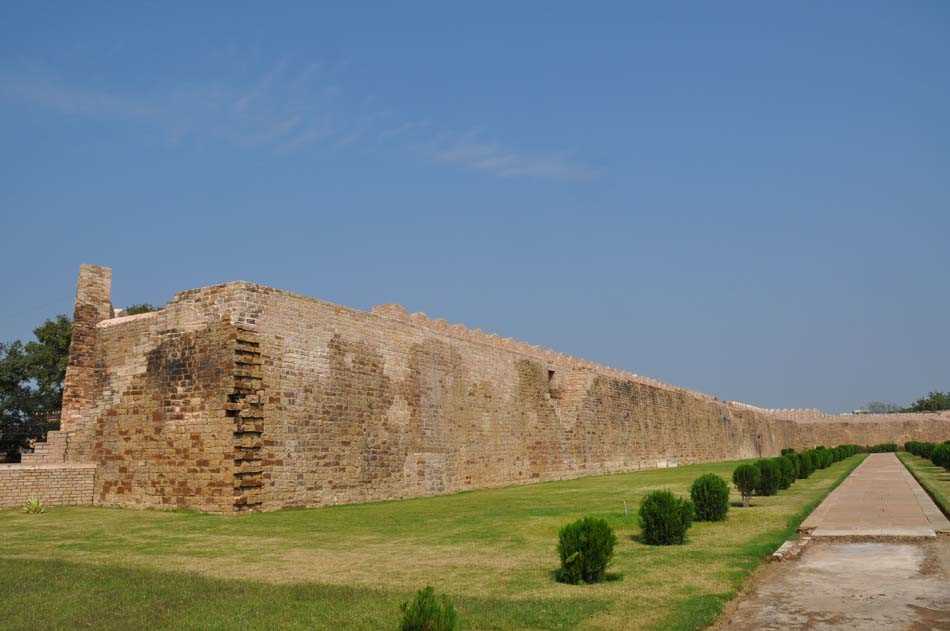
We visited Jama Masjid, the largest mosque in the area.
It dates from 1450.

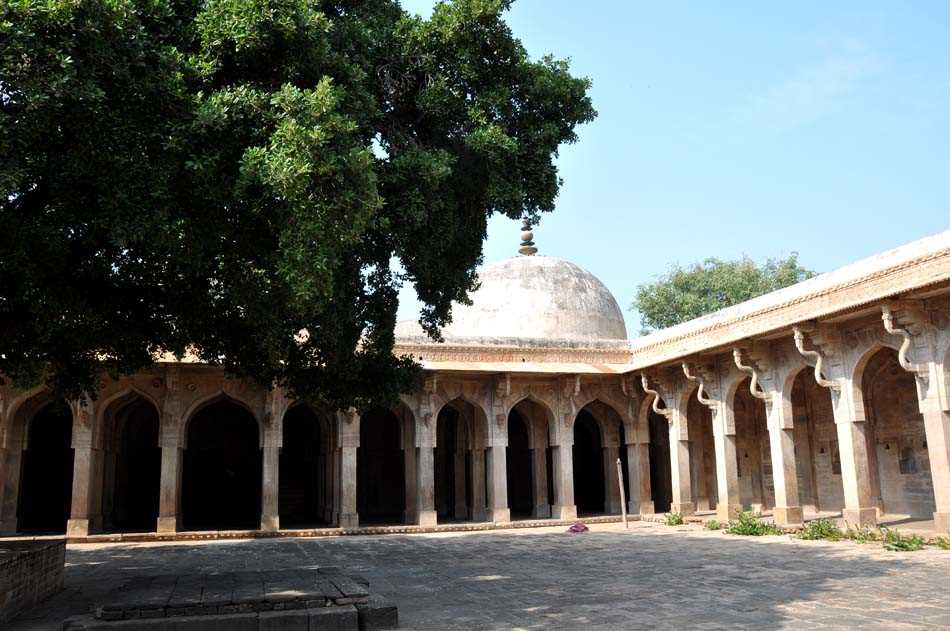
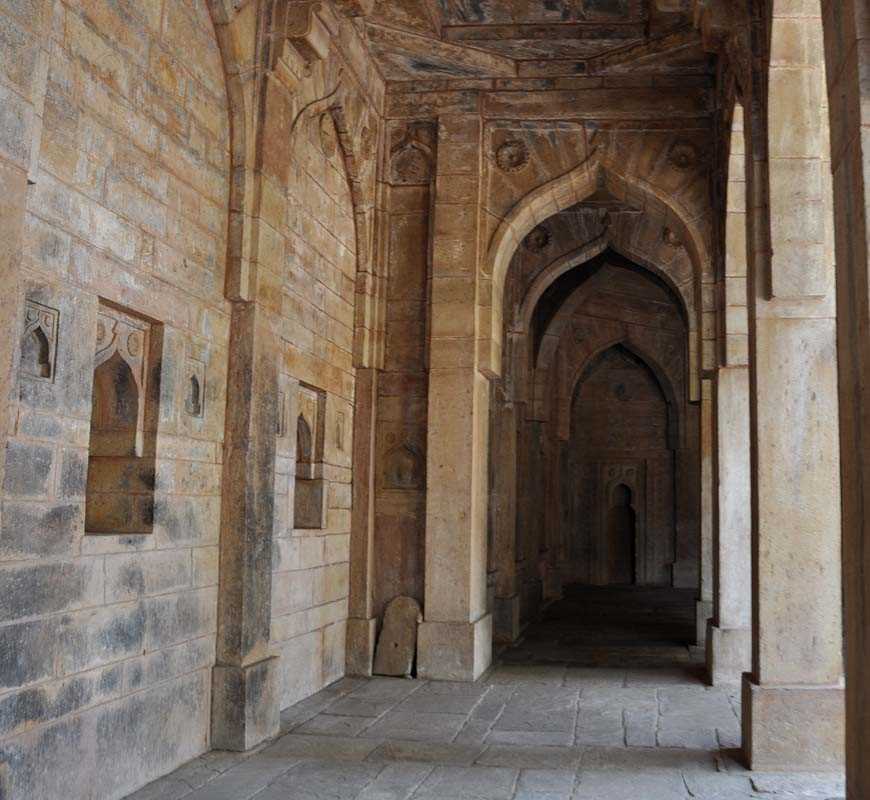
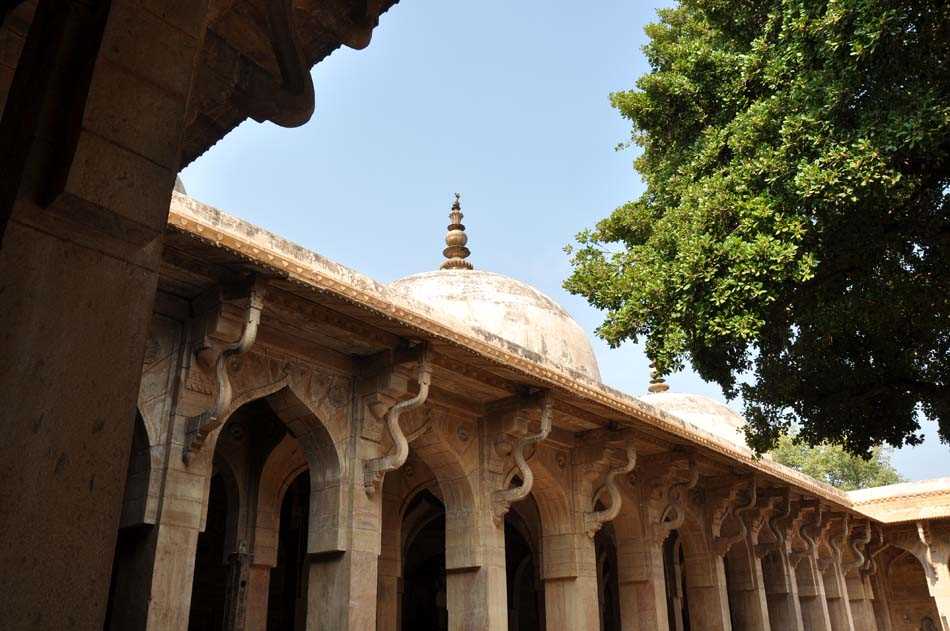
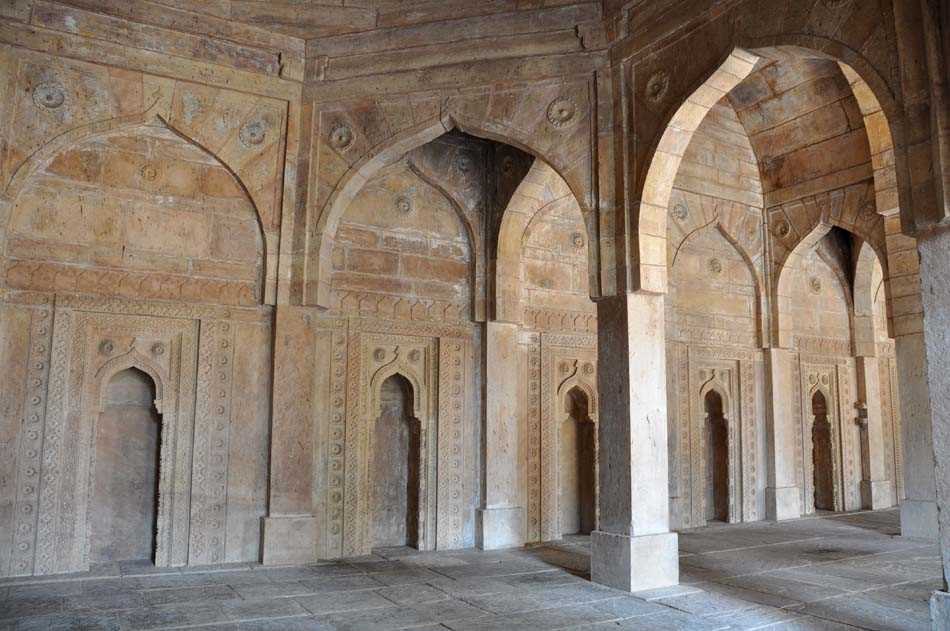

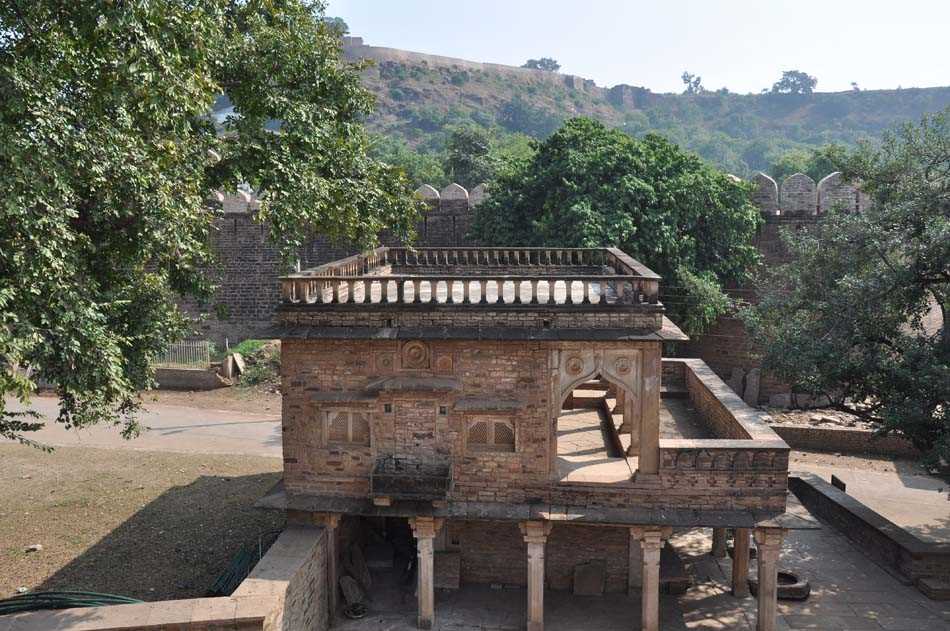

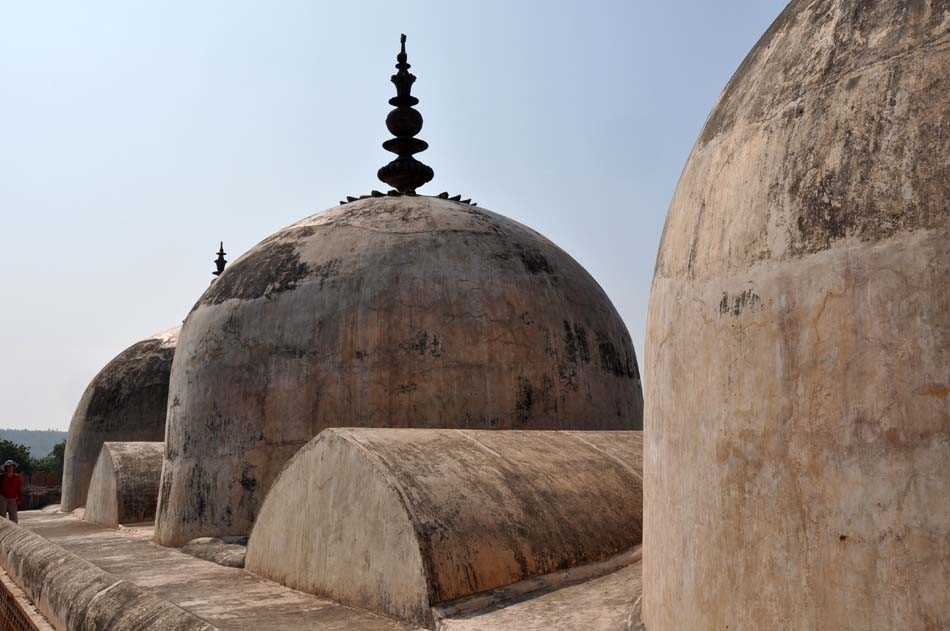
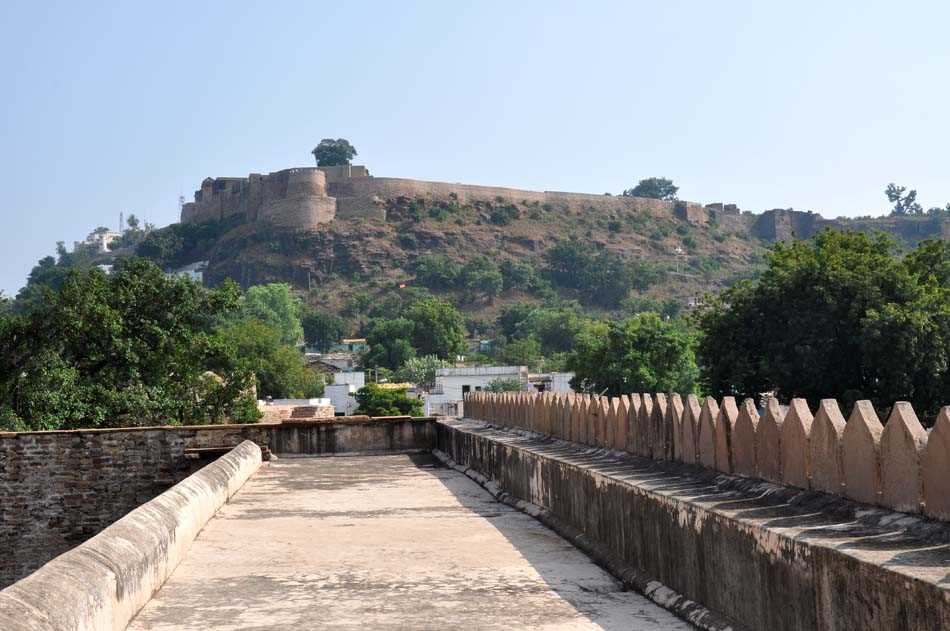

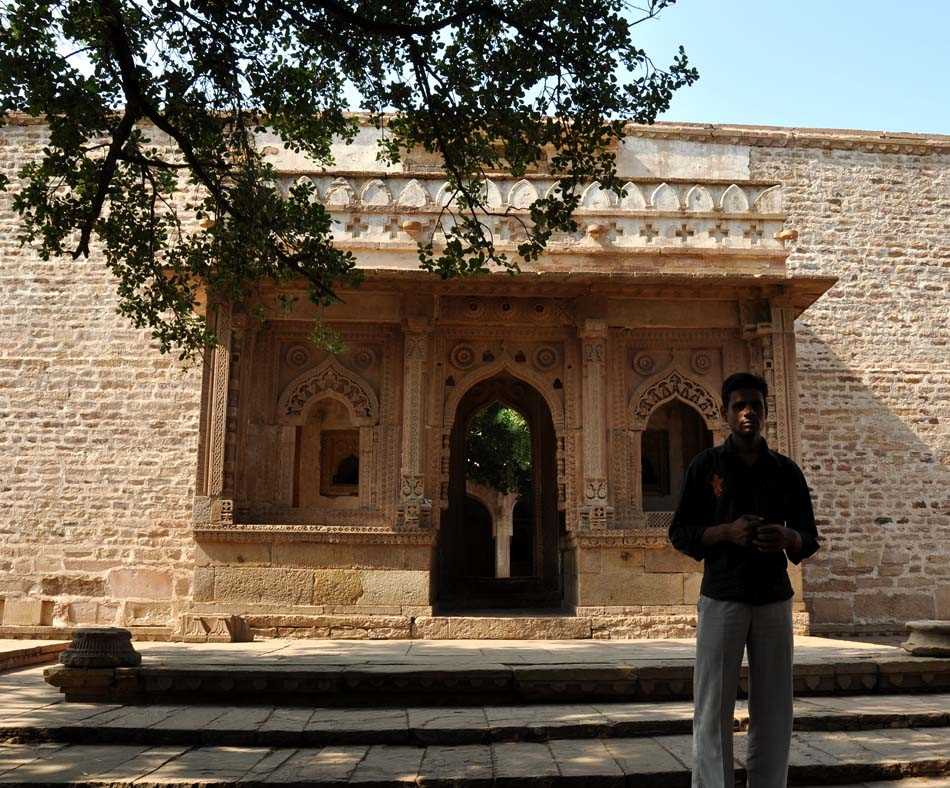

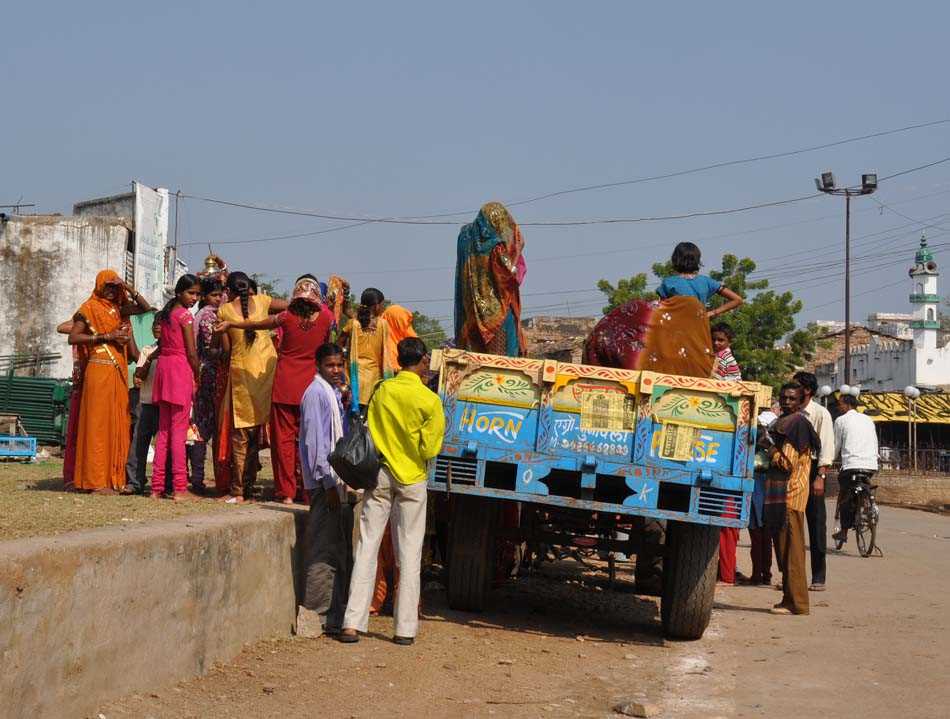


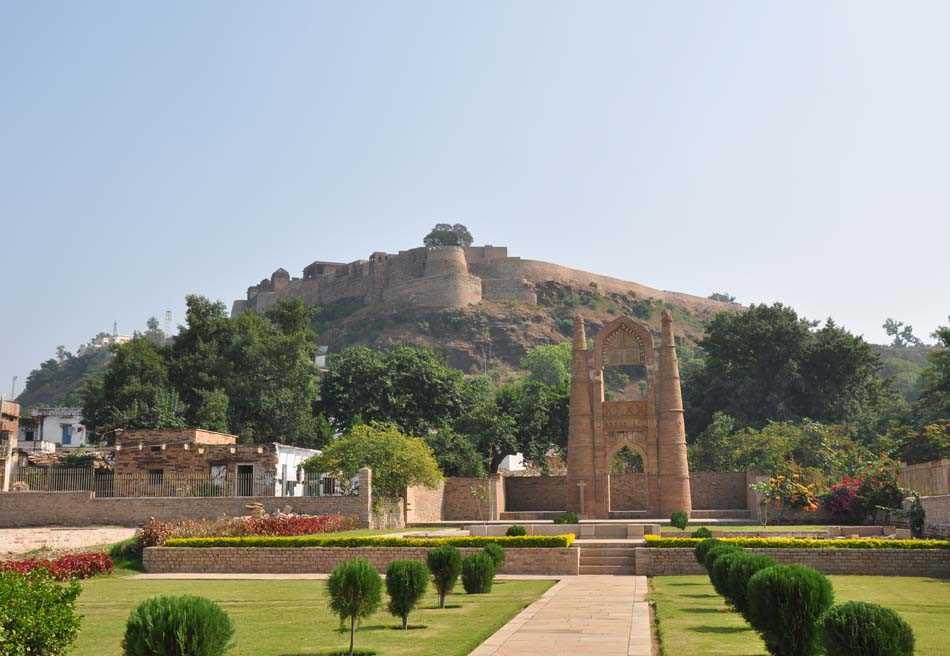

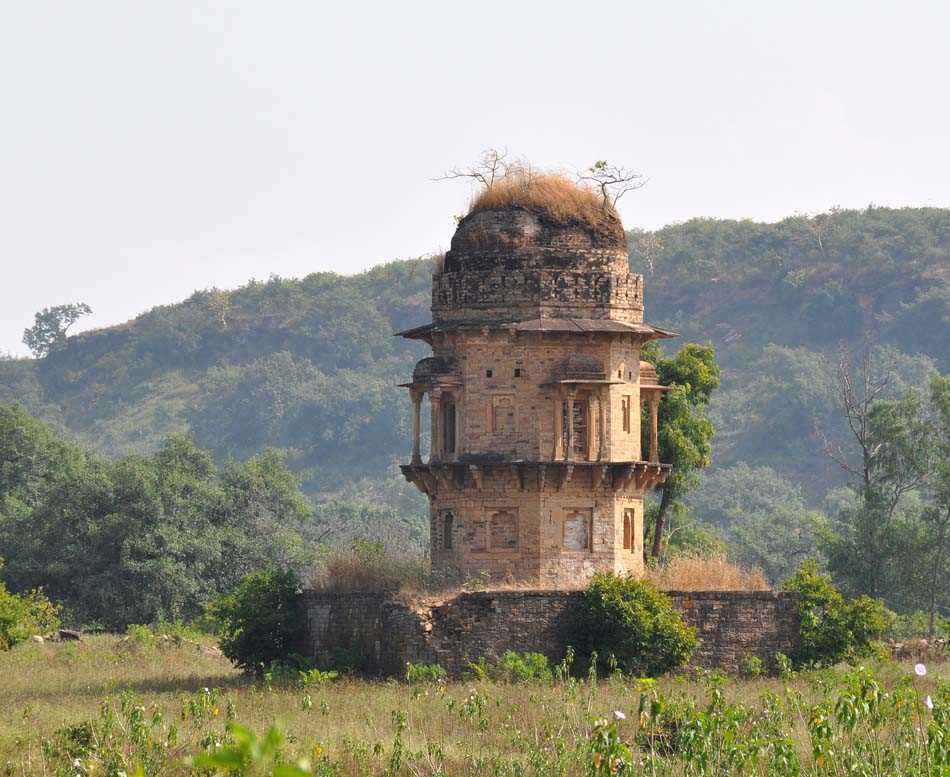
We had an Islamic lunch at a hunting lodge that once was a temple
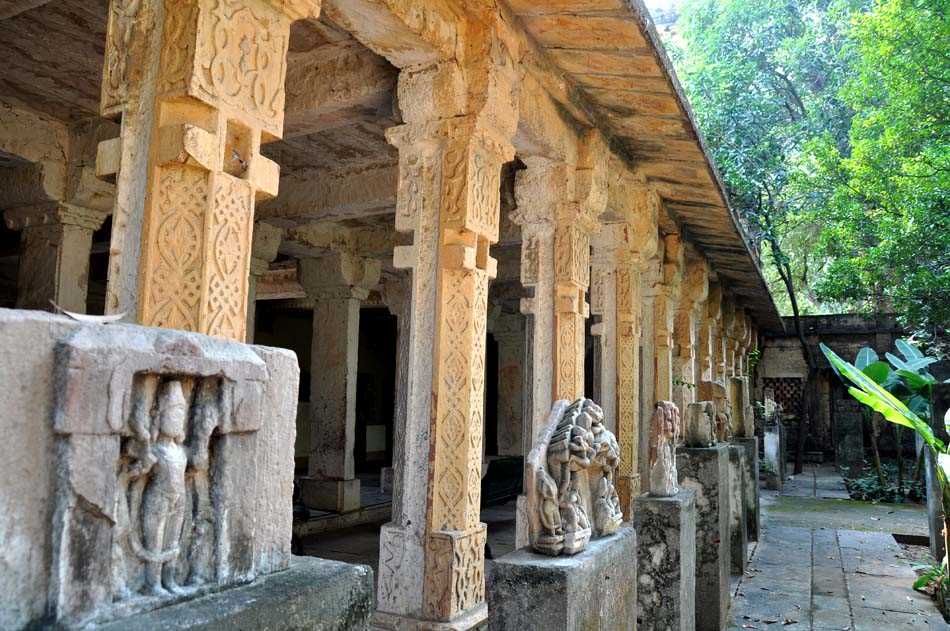
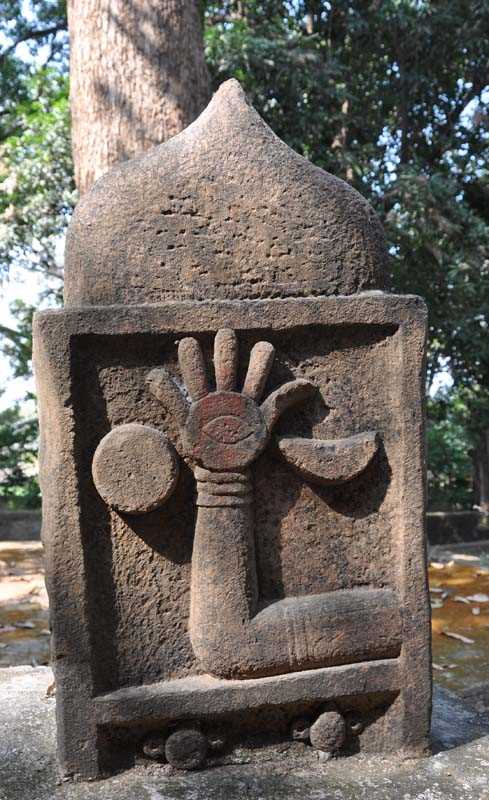

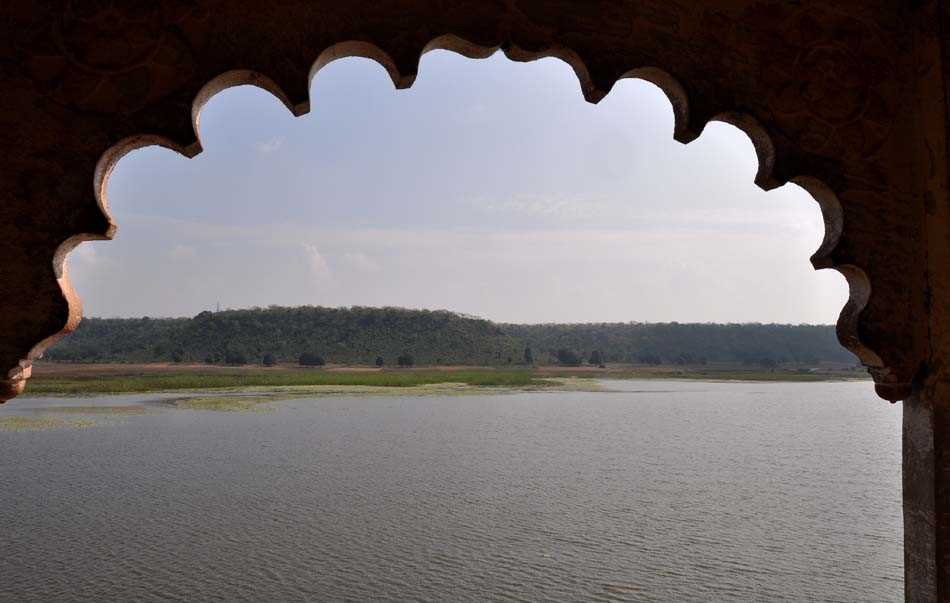
After lunch we walked through a nearby village.

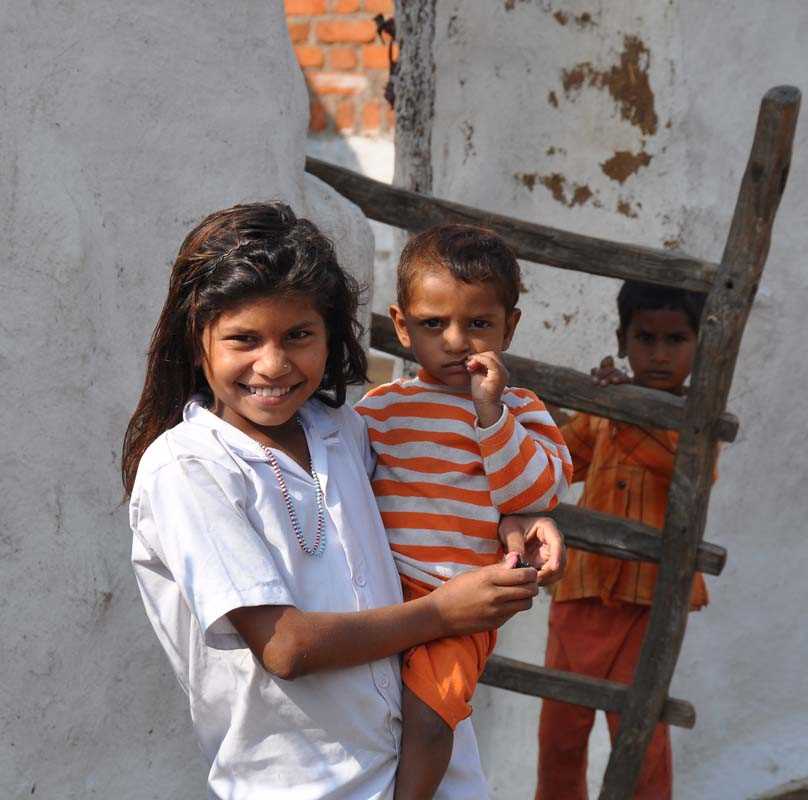


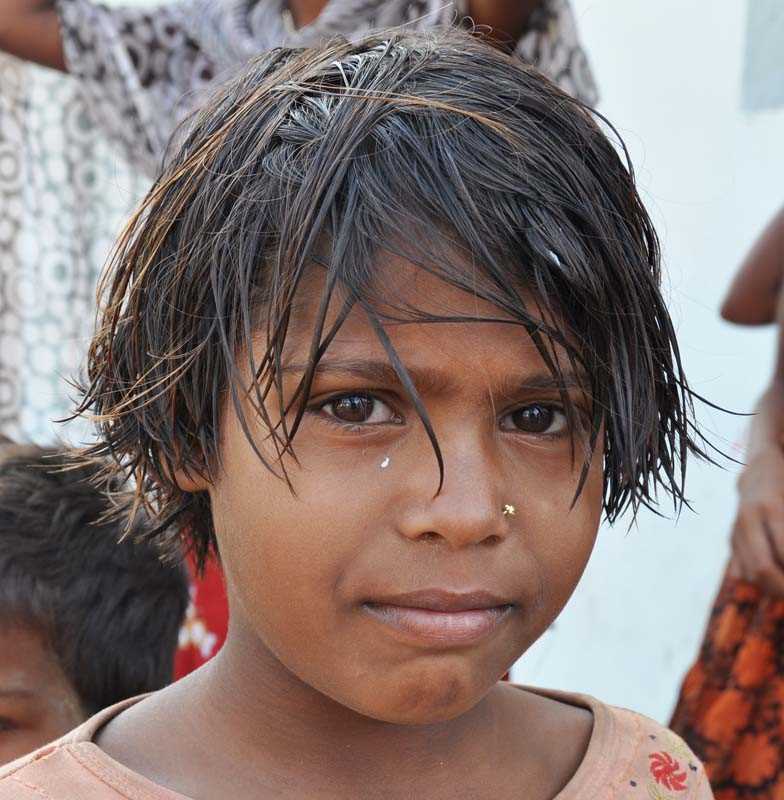
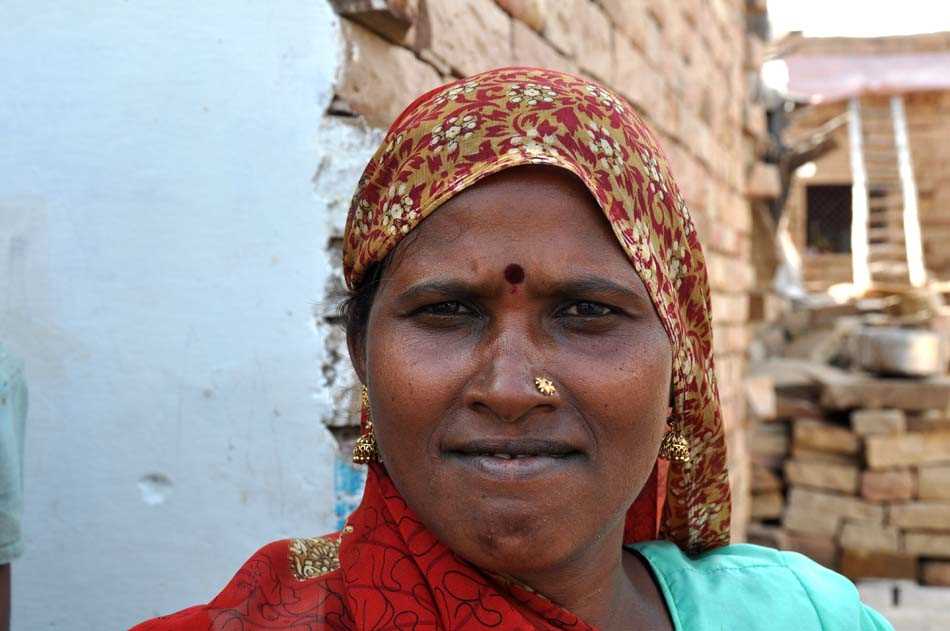

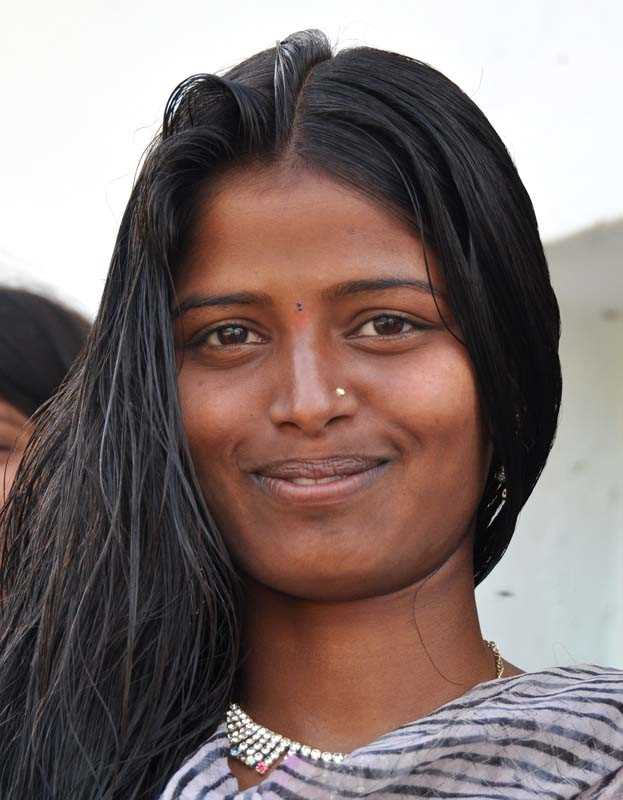

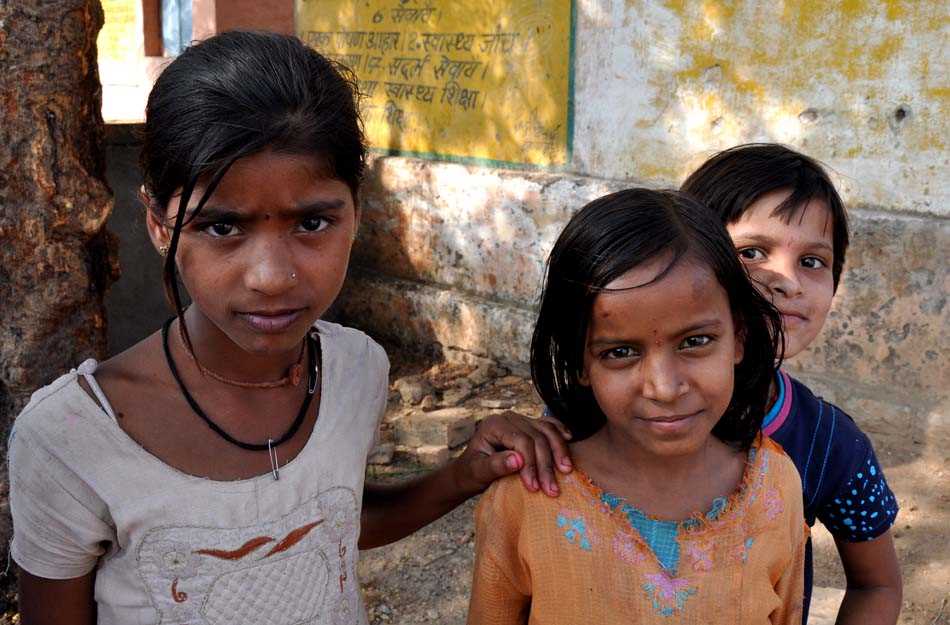


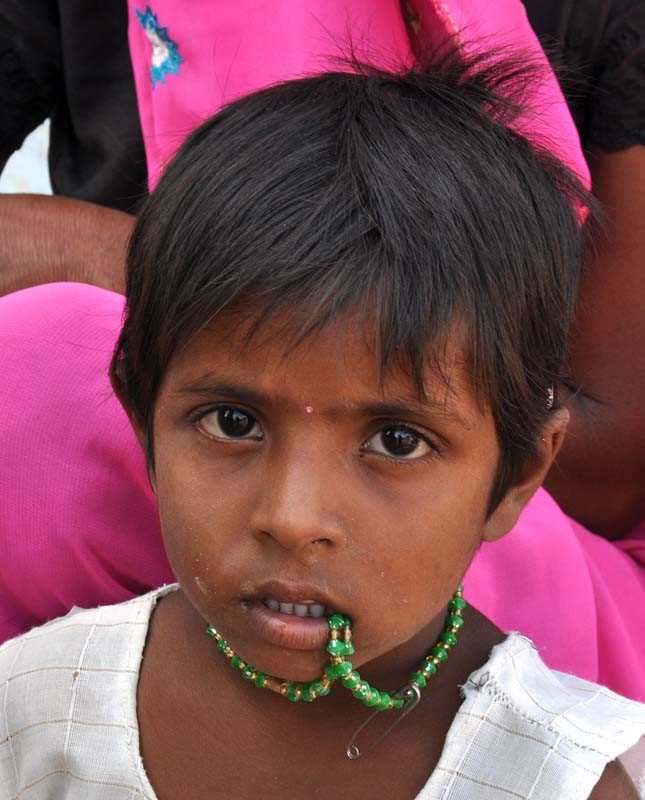

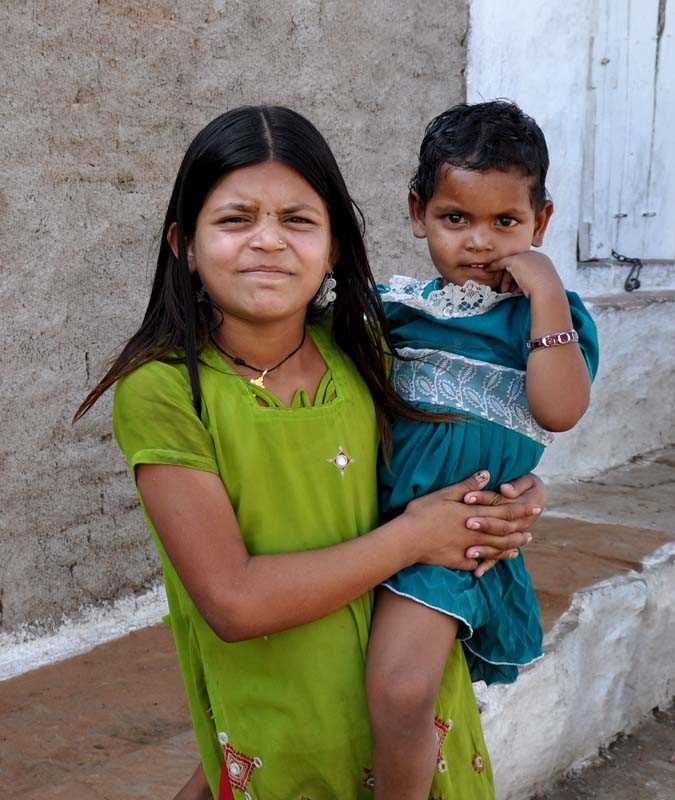


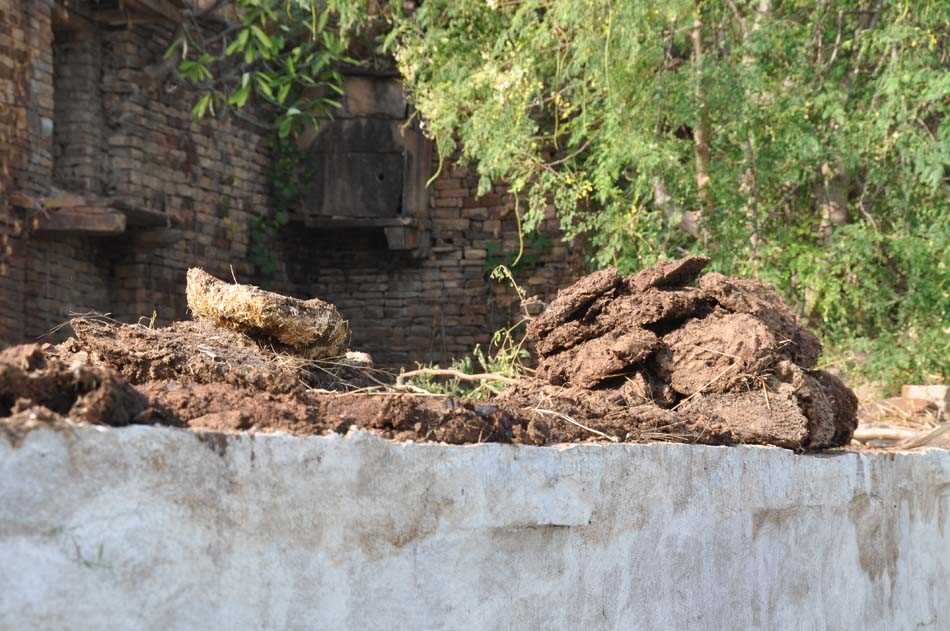
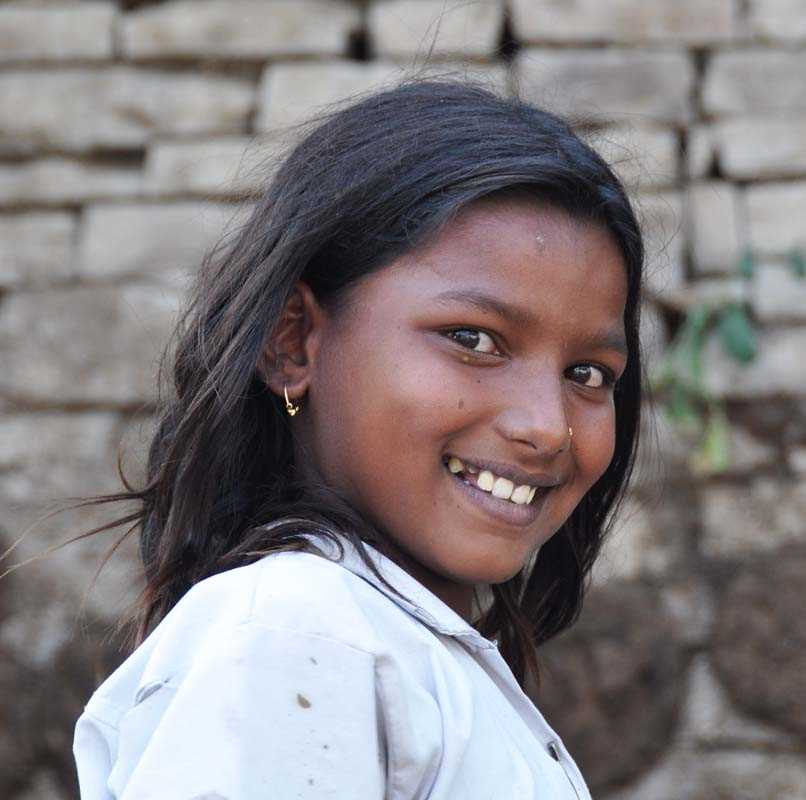

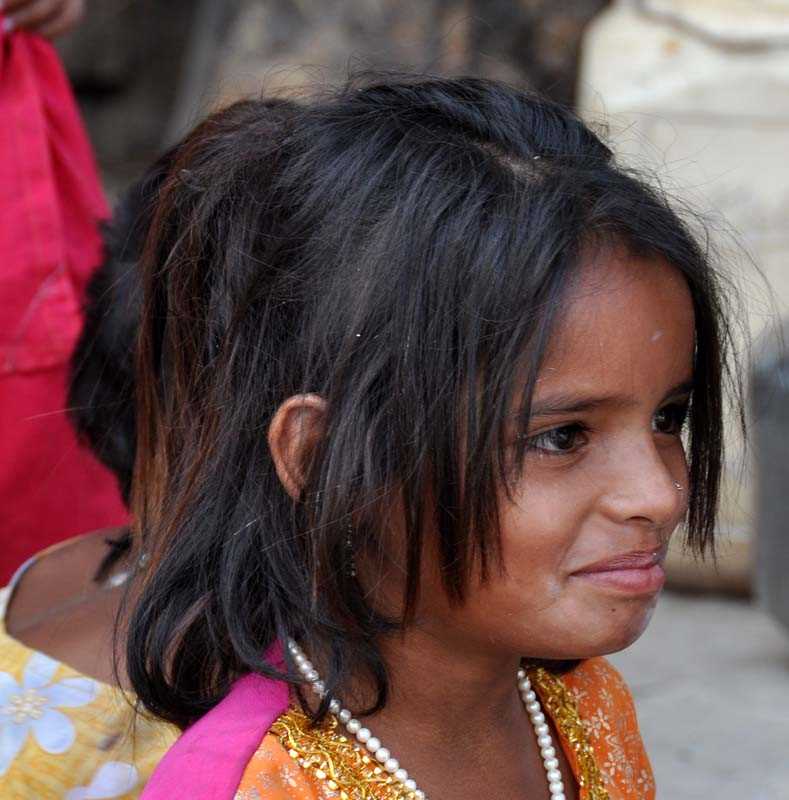
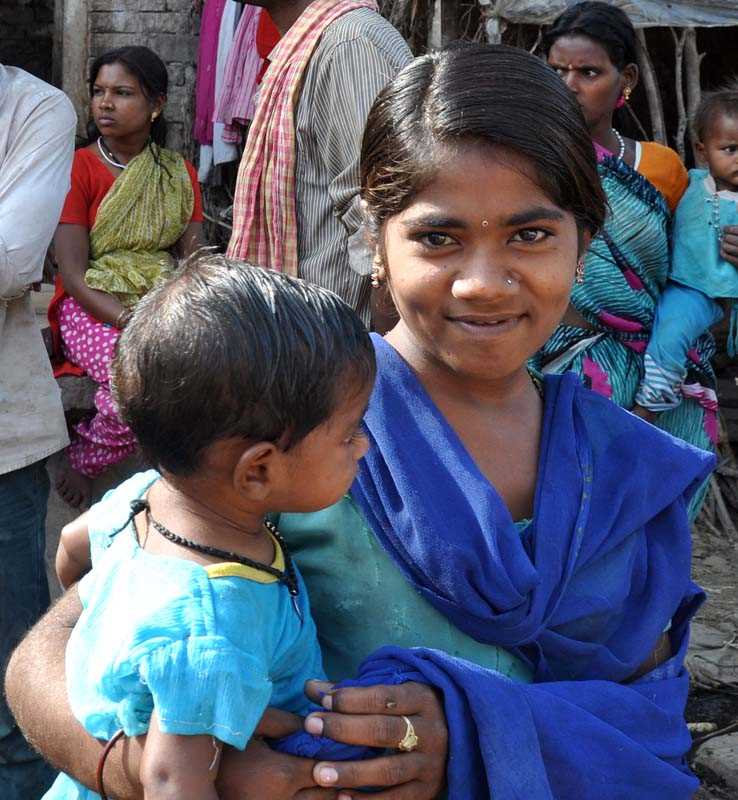

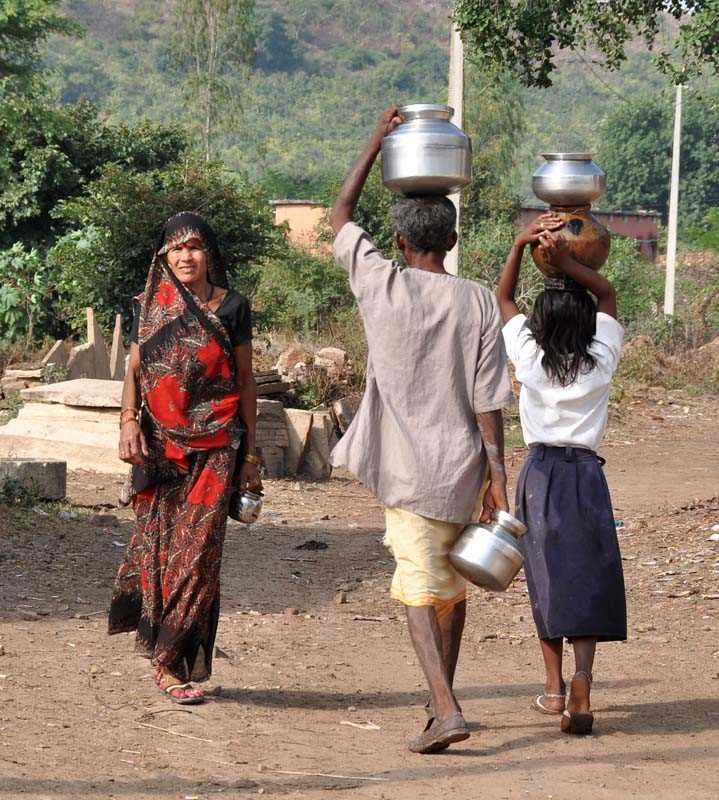
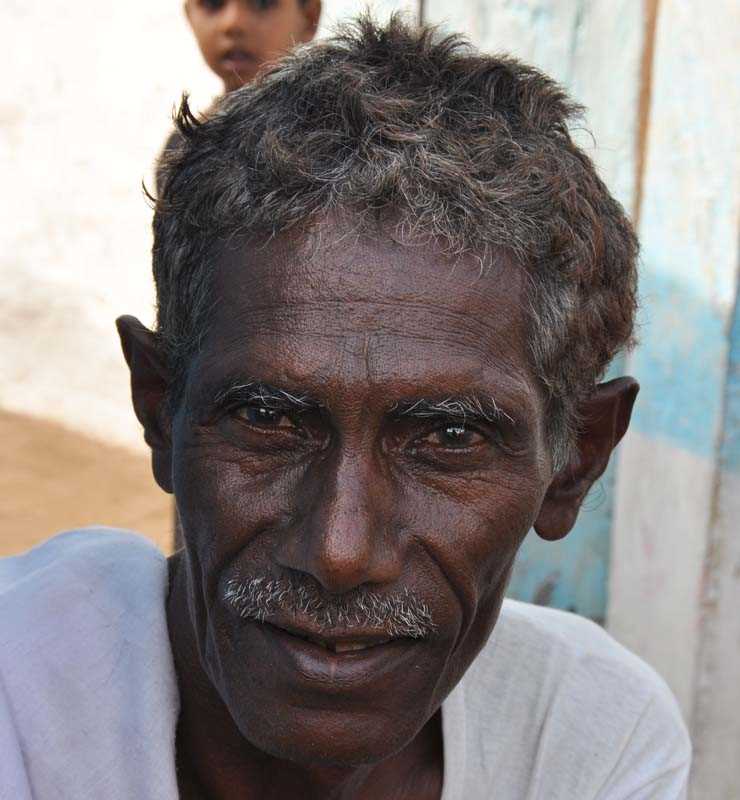
Next we visited a site where there were Jain statues carved on the rock faces.
Jainism is an Indian religion that prescribes pacifism and a path of non-violence towards all living beings.
Jains are strict vegetarians. They avoid eating root vegetables in general,
as roots of the plant usually contains large amount of micro-organisms.
Jain monks and nuns walk barefoot and sweep the ground in front of them to avoid killing insects or other tiny beings.

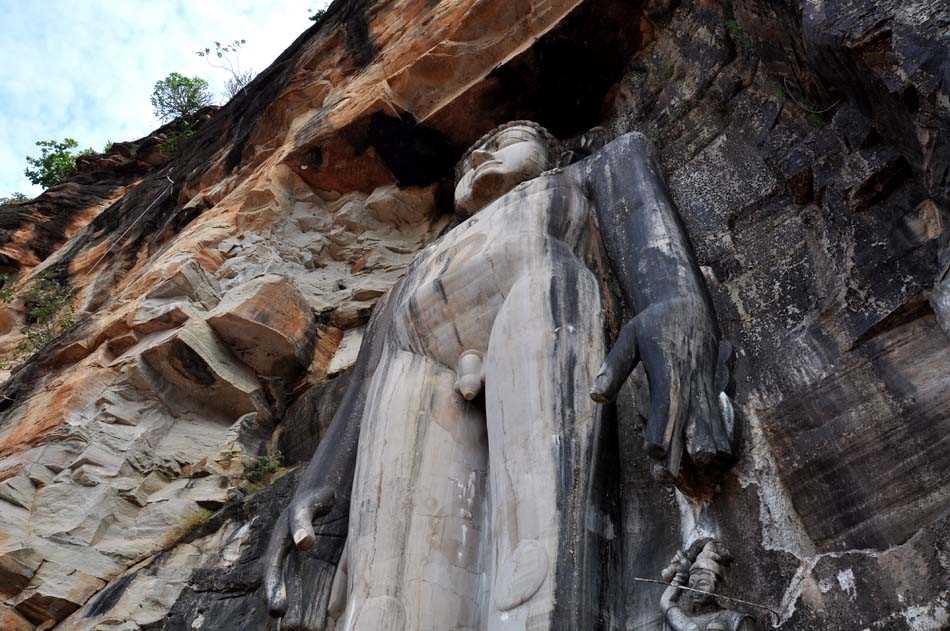

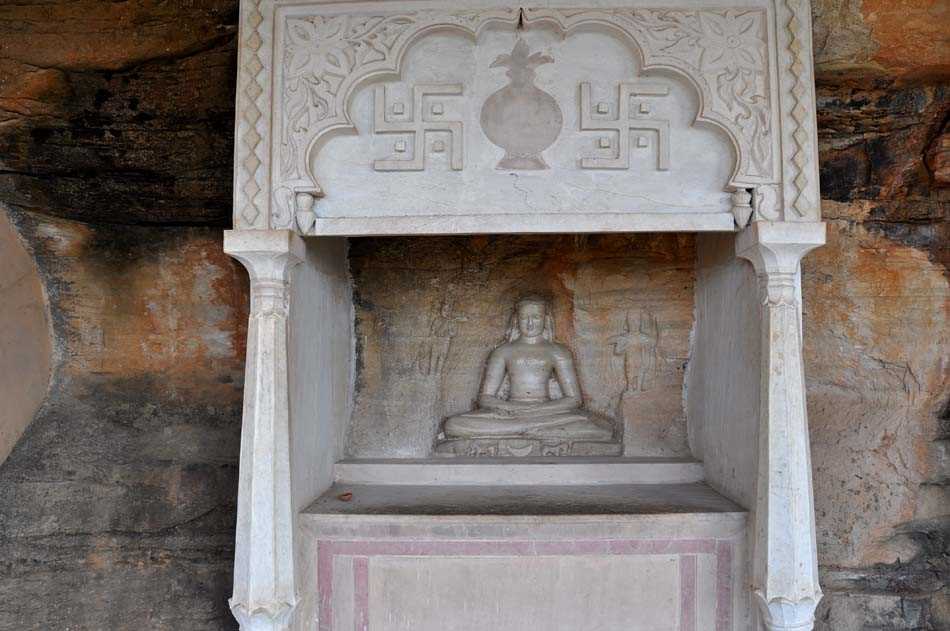
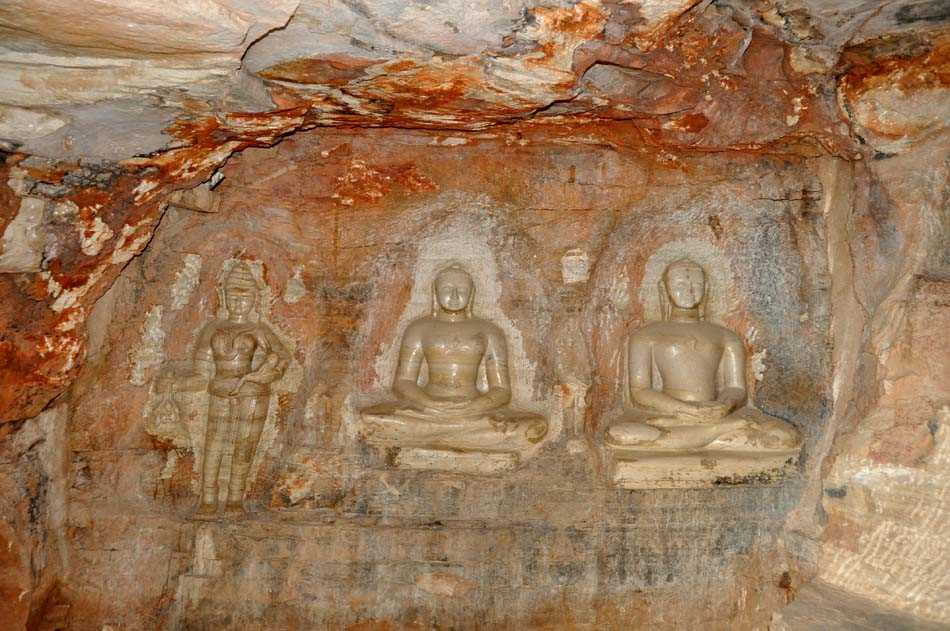

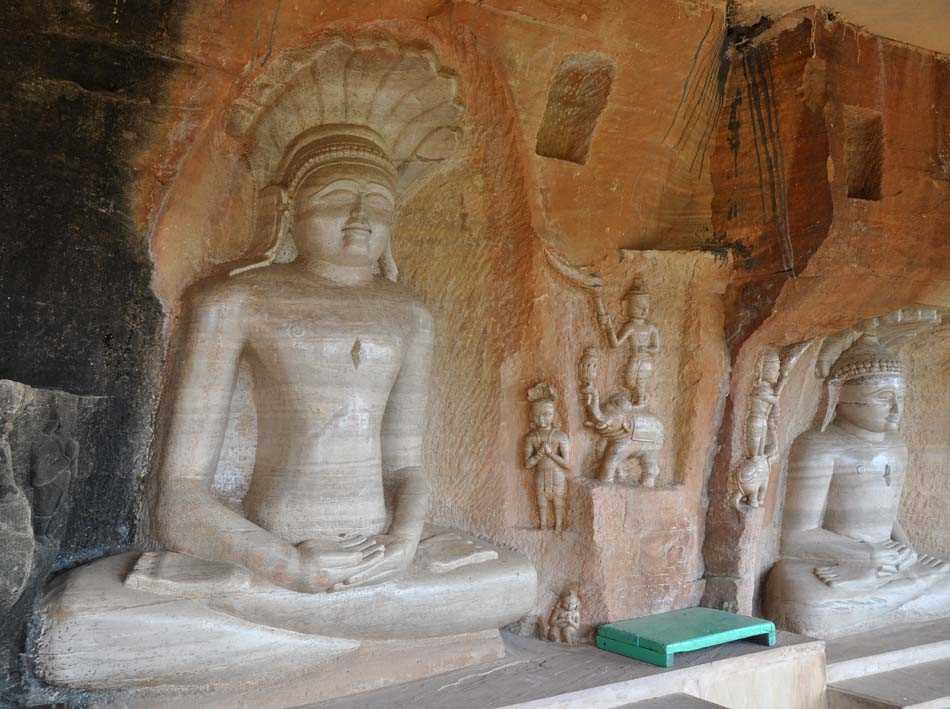
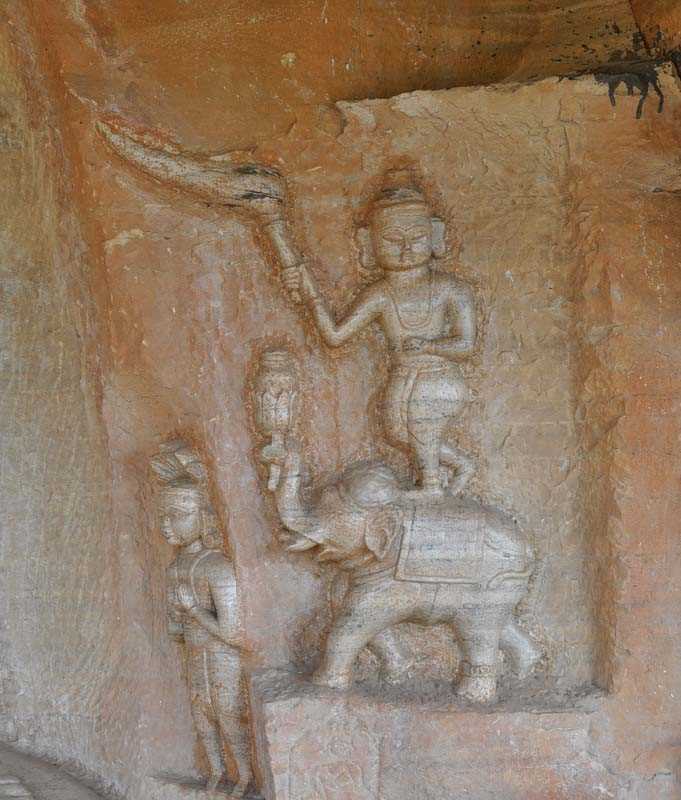
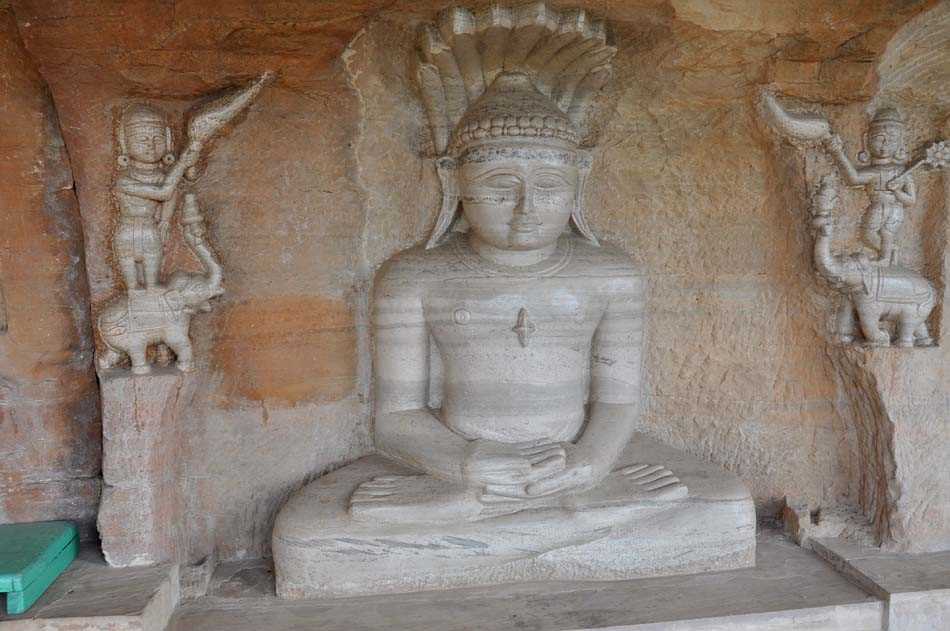
This statue is 14 metres high.
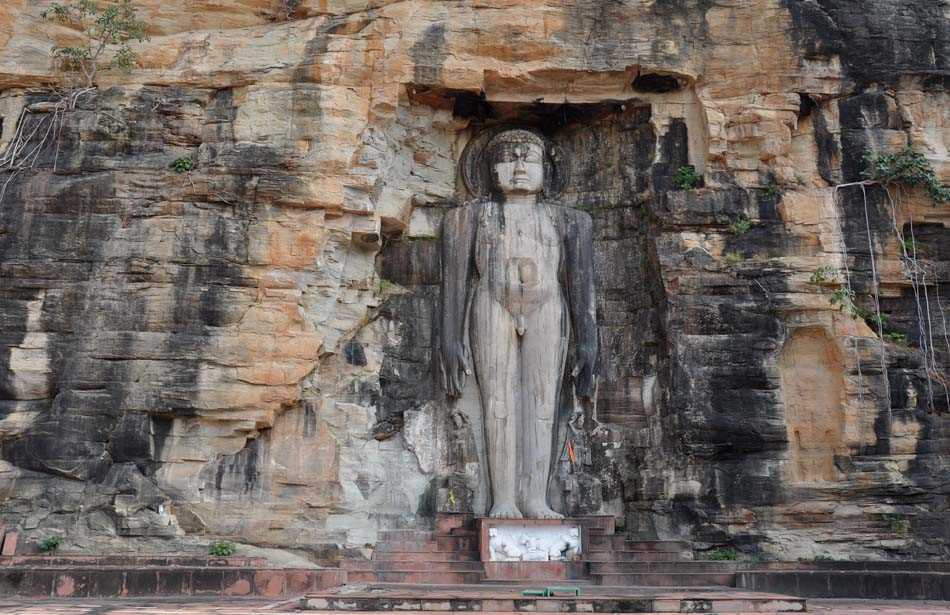
A Jain temple near the statues.
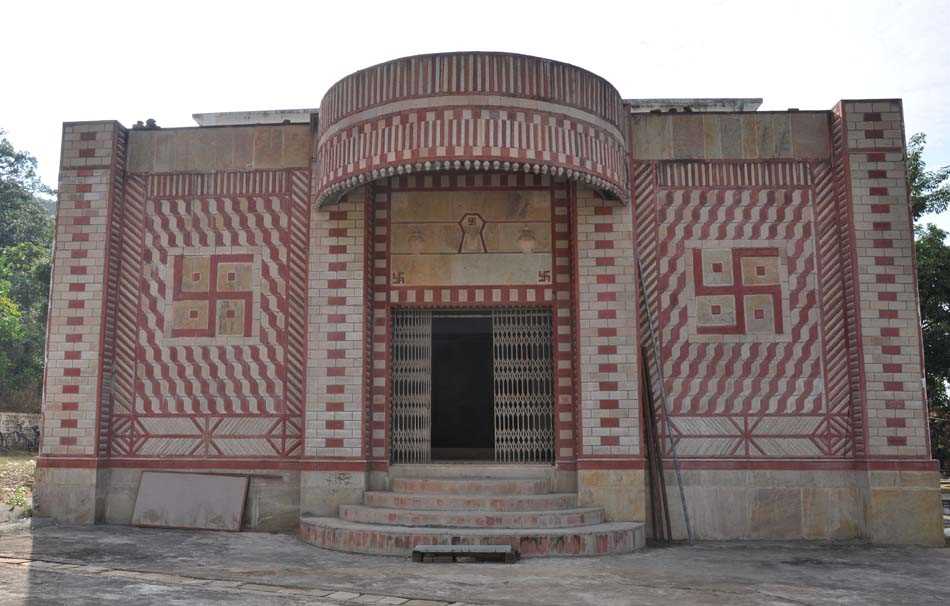
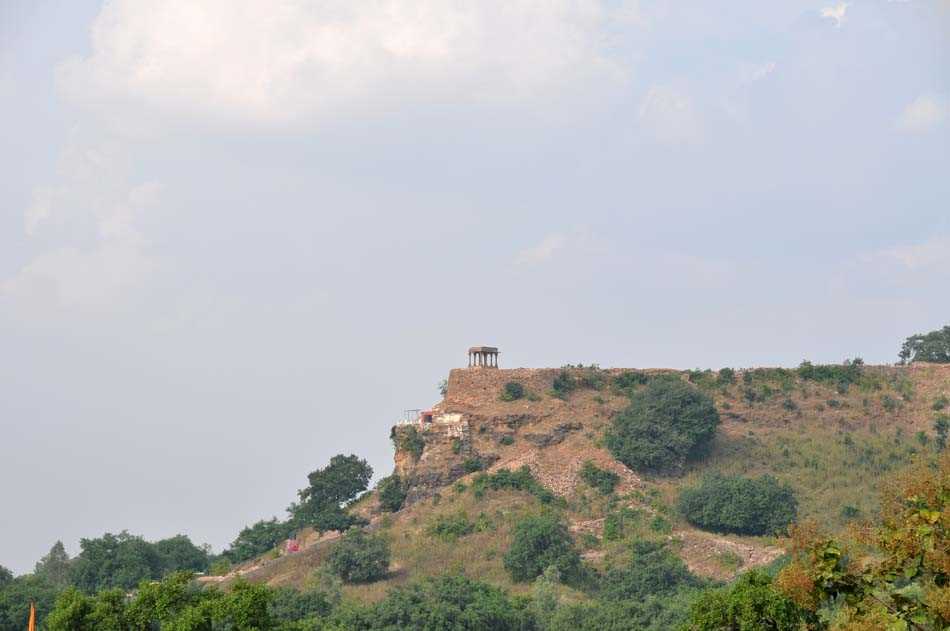
The Urvashi river, where we saw some recently-discovered rock paintings
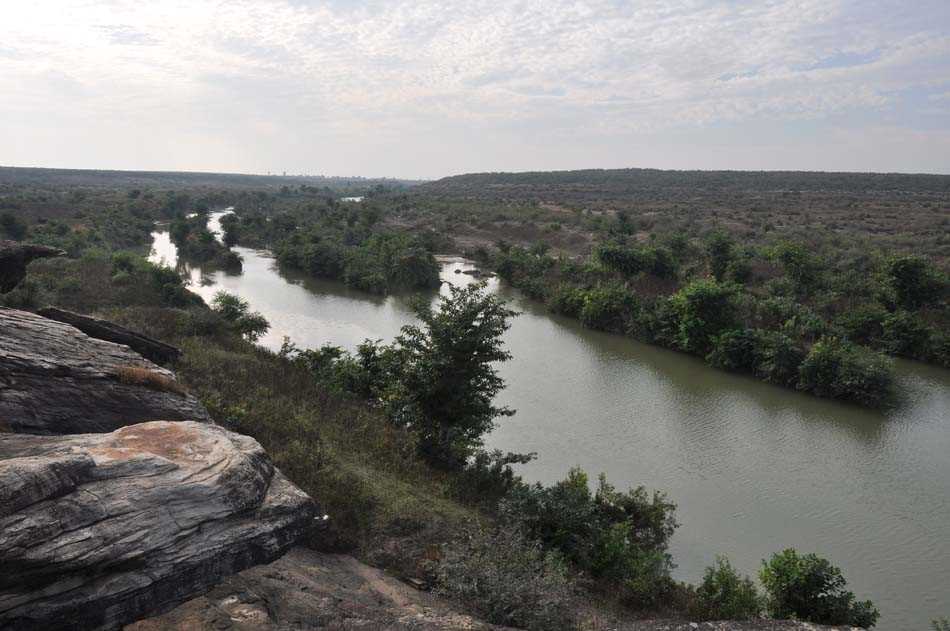
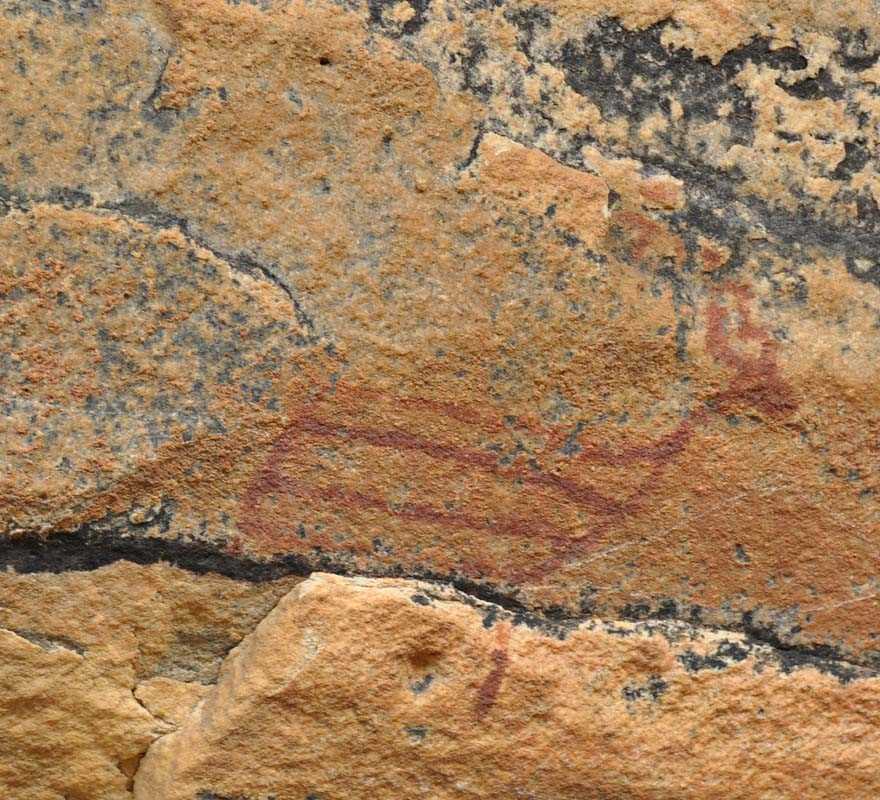
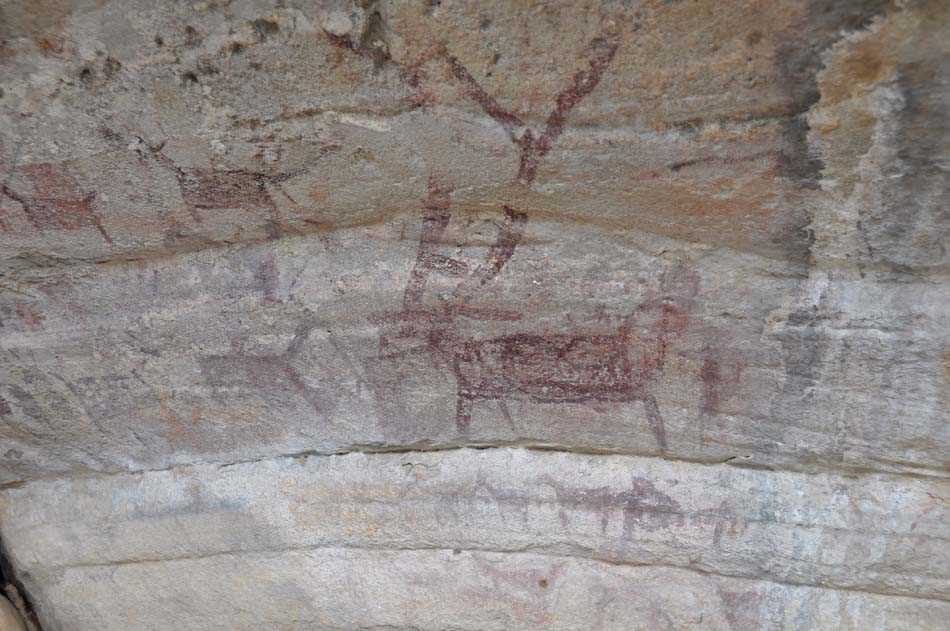

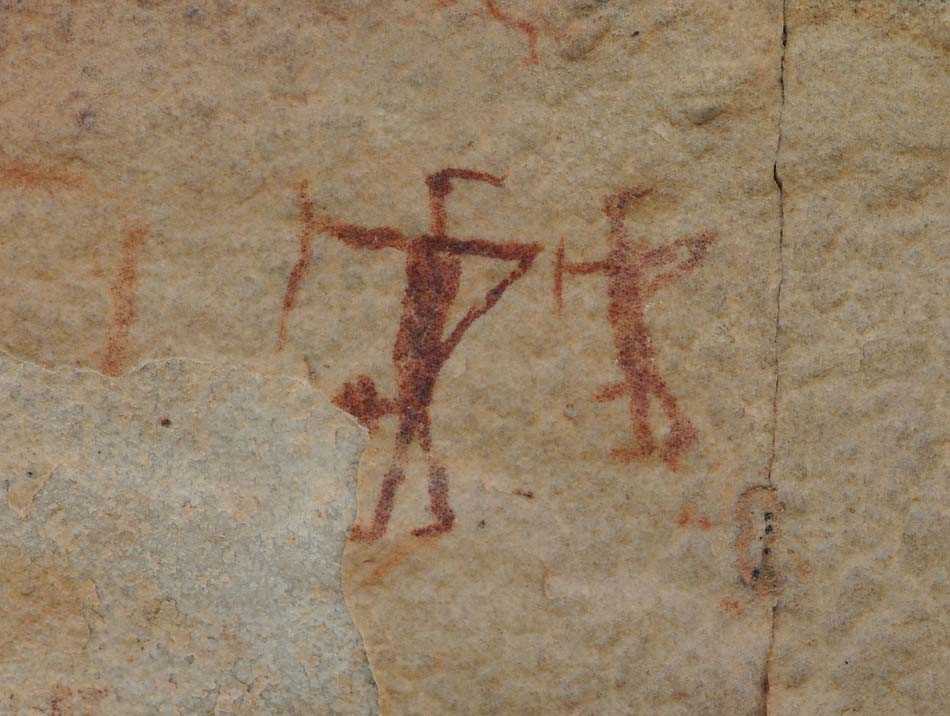

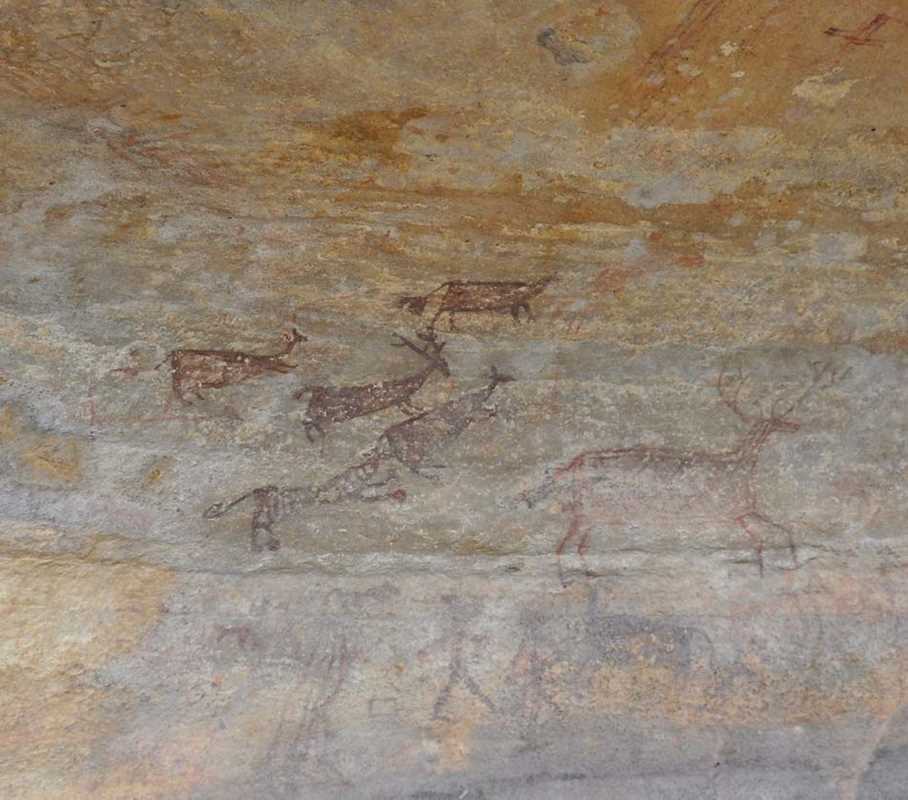
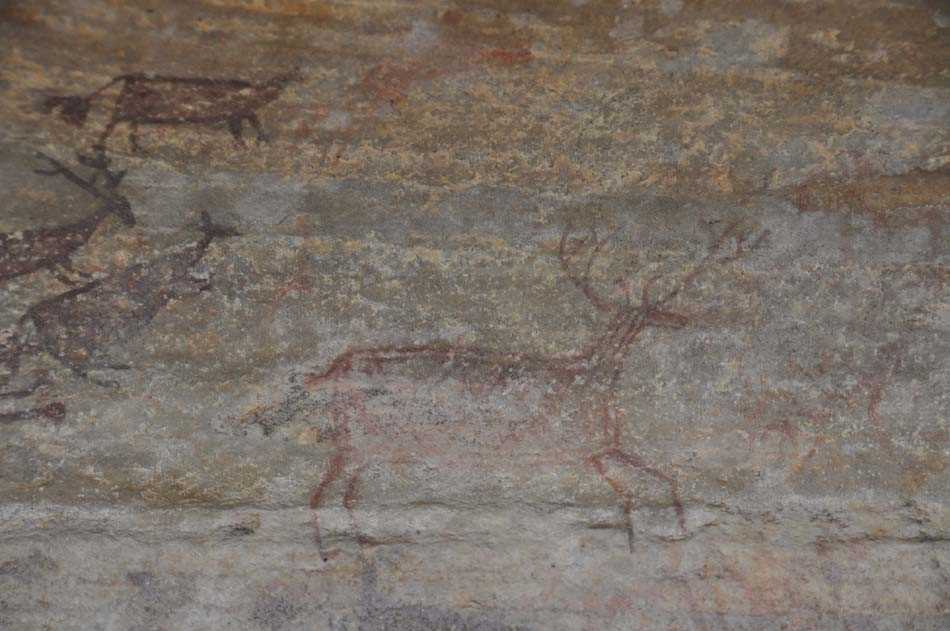
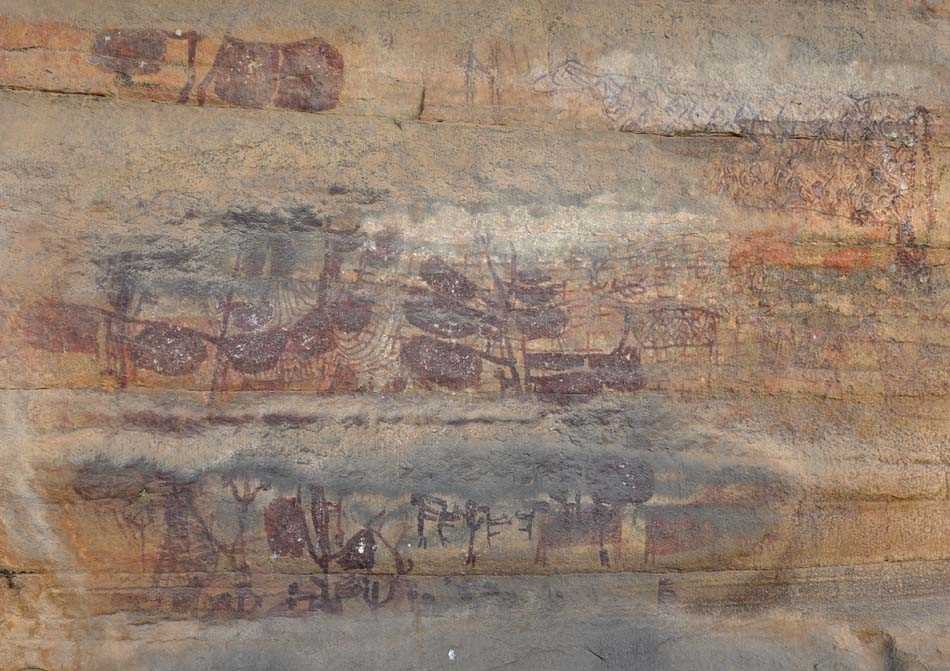



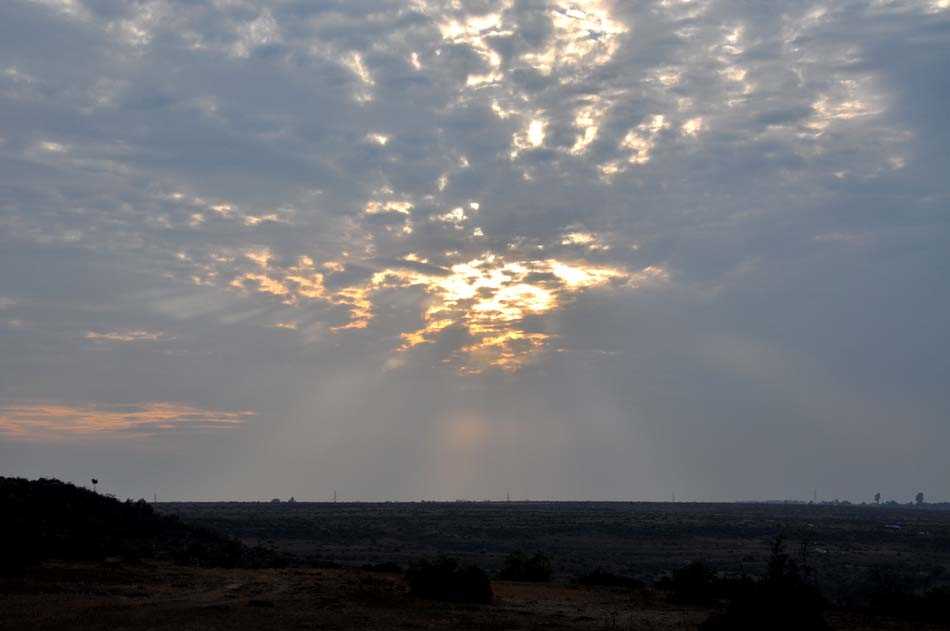
We had a 6 hour train trip from Agra to Lalitpur and then an hour's drive to Chanderi.
My brag-books were popular.



A new fan of Charlotte Church.

Rajghat Dam
It dams the Betwa River. A hydro-electric power station here generates 450Mw of electricity.
Ironically, the electricity at Chanderi has regular outages (5pm-8pm and 6am-11am).


A hole-in-the-wall shop.











We had an Islamic dinner at our local guide's house.
We ate vegetable soup (cabbage and other vegetables), vegetable pakora, cauliflowers, lentils, potatoes, rice, chapati, halwa and chai.
His family designed and wove the silken shawls that the Delhi Commonwealth Games winners were given



Chanderi
Chanderi is another town that IntrepidTravel visit that is not on the major tourist route.
It was located on a north-south route that linked parts of India with the Silk Road.
It is predominately an Islamic town.
The next morning we had a good walk around the town.










We were there for the start of the Islamic Idul-Zaha festival, the start of the Hadj.
It was a holiday, and many of the Islamic people were dressed up in their finery.
This decorated goat unfortunately was to be cooked and eaten later as part of the festivities.
















????















A large step-well, Battis Bavdi, was built in 1485.

Two different pagoda styles. The pagoda on the right pre-dates the Islamic period.
The pagoda on the left has the smaller Indian arches inside the larger Islamic arches.













Part of the town wall

We visited Jama Masjid, the largest mosque in the area.
It dates from 1450.



















We had an Islamic lunch at a hunting lodge that once was a temple




After lunch we walked through a nearby village.

























Next we visited a site where there were Jain statues carved on the rock faces.
Jainism is an Indian religion that prescribes pacifism and a path of non-violence towards all living beings.
Jains are strict vegetarians. They avoid eating root vegetables in general,
as roots of the plant usually contains large amount of micro-organisms.
Jain monks and nuns walk barefoot and sweep the ground in front of them to avoid killing insects or other tiny beings.









This statue is 14 metres high.

A Jain temple near the statues.


The Urvashi river, where we saw some recently-discovered rock paintings












